Ngu Hanh Son refers to a group of five rocky mountains located near the coast in Da Nang, Vietnam, and is a popular tourist destination. Aside from historical and religious significance, it must contain intriguing products or unusual scenery to attract travelers. I'm really luckier because it's not too far from my home. It is currently located at 81 Huyen Tran Cong Chua Street in Da Nang's Ngu Hanh Son District. When it comes to transportation, it's in decent shape, being about 10 kilometers from the city center and the airport, and situated on the road that leads down to another well-known tourist site, Hoi An Ancient Town.
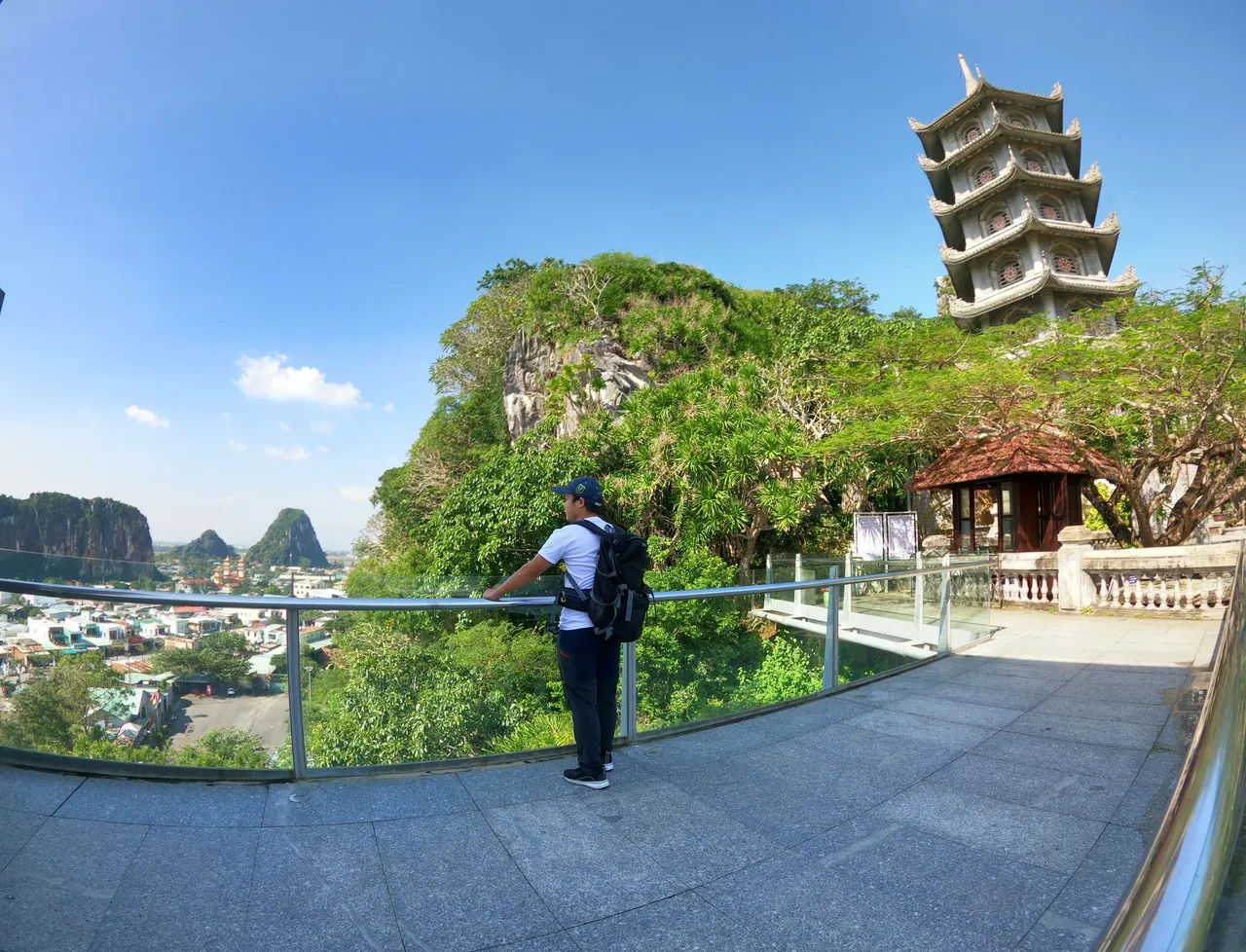
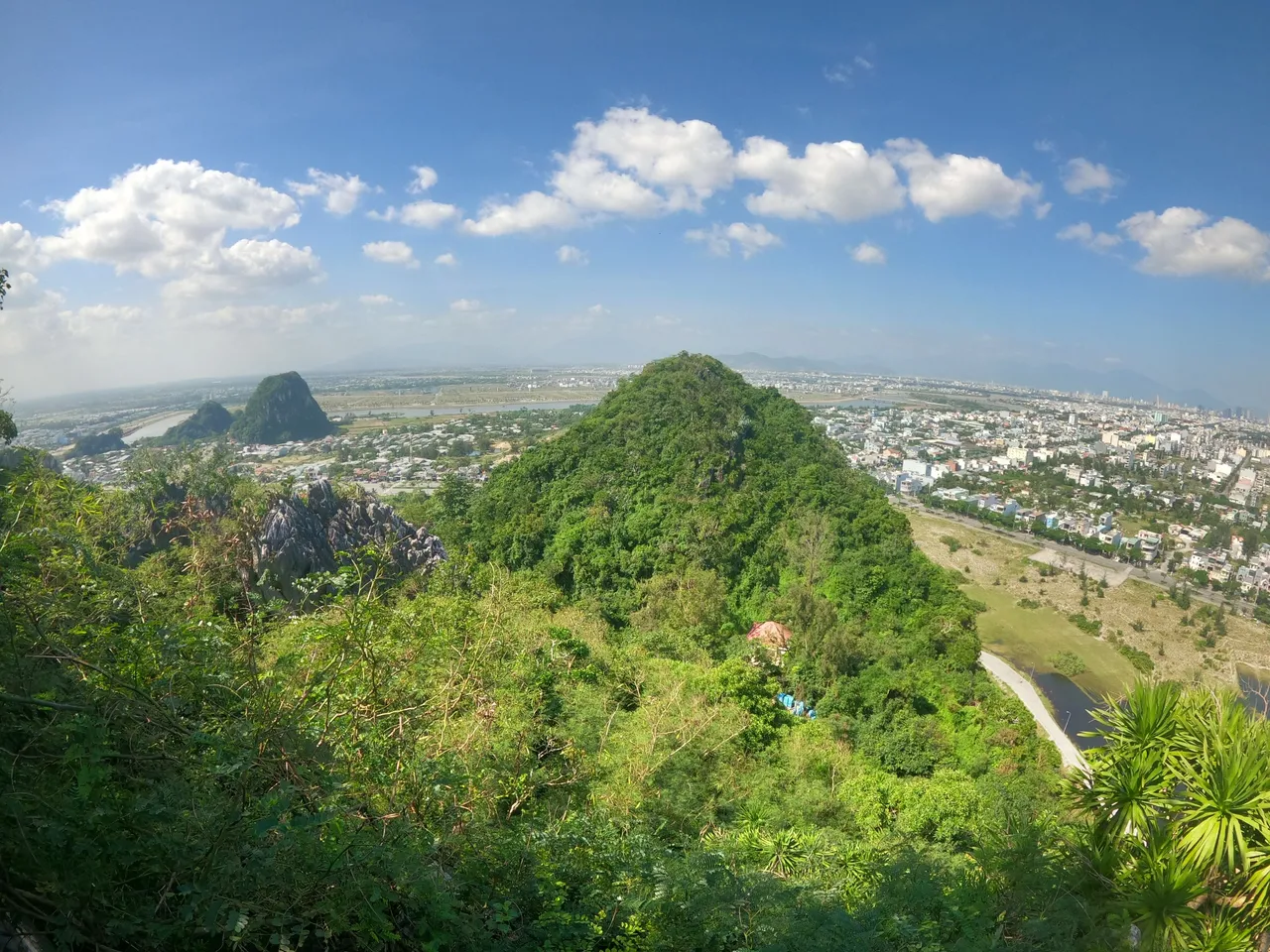
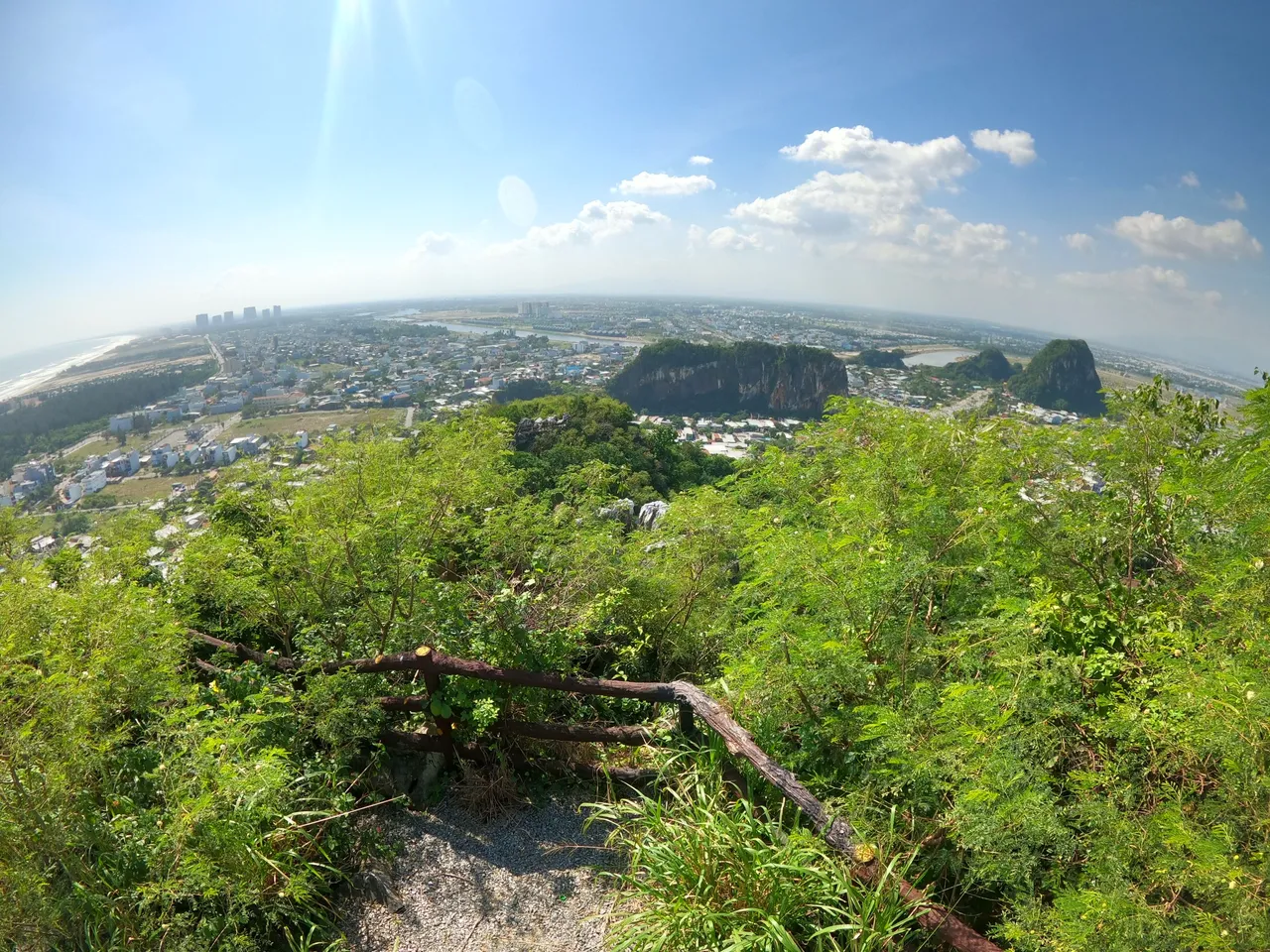
So, if you come here, I recommend visiting Ngu Hanh Son Mountain at noon, when the sun is at its highest, and then moving on to Hoi An Ancient Town in the afternoon and nighttime. with its vibrant nightlife and the golden hues of the ancient town Because it will save you the most money and time, and because each location has attractive and appropriate moments to enhance your trip.
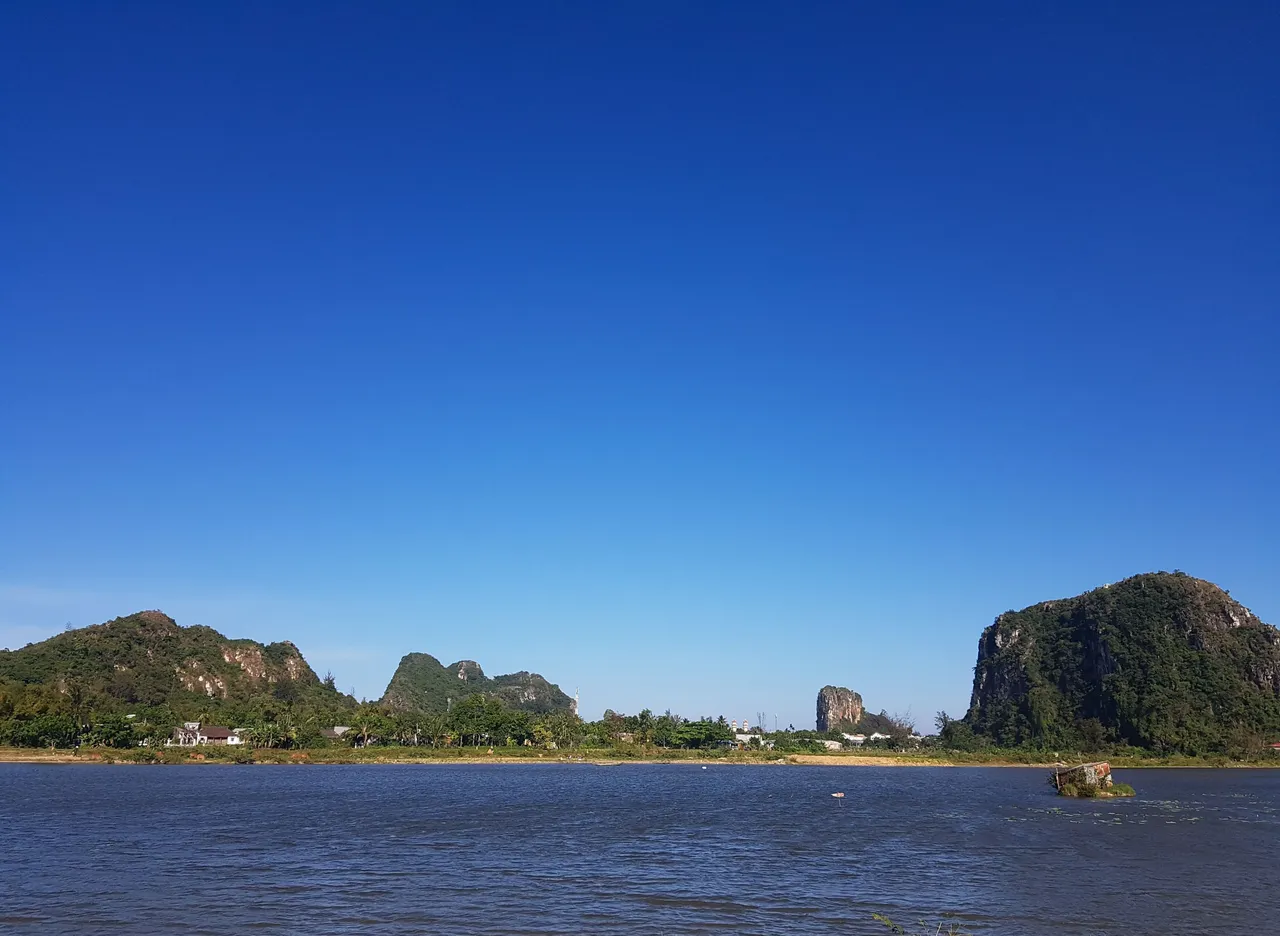
I've always puzzled why these rocky mountains are situated so close to the flat and low terrain, sandwiched between the sea on one side and the river on the other. These five mountains are cut off from the rest of the mountain ranges. The fact that the outer mountains are just around 20 meters from the shoreline and river suggests that it was originally a cluster of islands along the beach, and the accretion process has transformed it into what it is today.
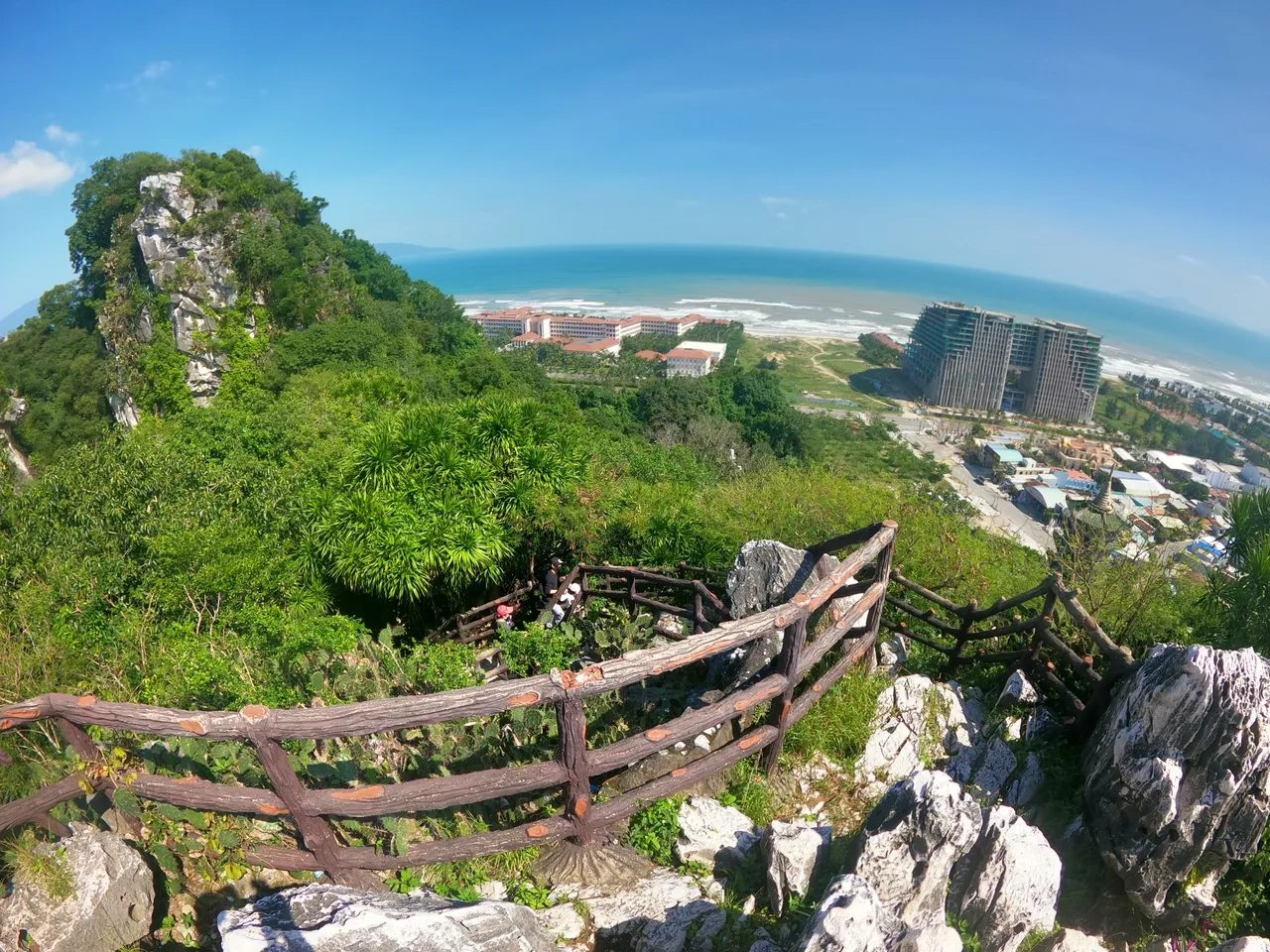

During the colonial time, when the French reigned, geological research revealed that it is a form of marble, most notably white marble, rather than a limestone mountain. As a result, it's easy to see why we have a handicraft hamlet at the foot of these mountains, manufacturing stone objects that you'll see right before the resort gate. It ranges in size from gigantic statues, lions, and massive pillars to small stone bracelets and rings offered as souvenirs at the mountain's base.
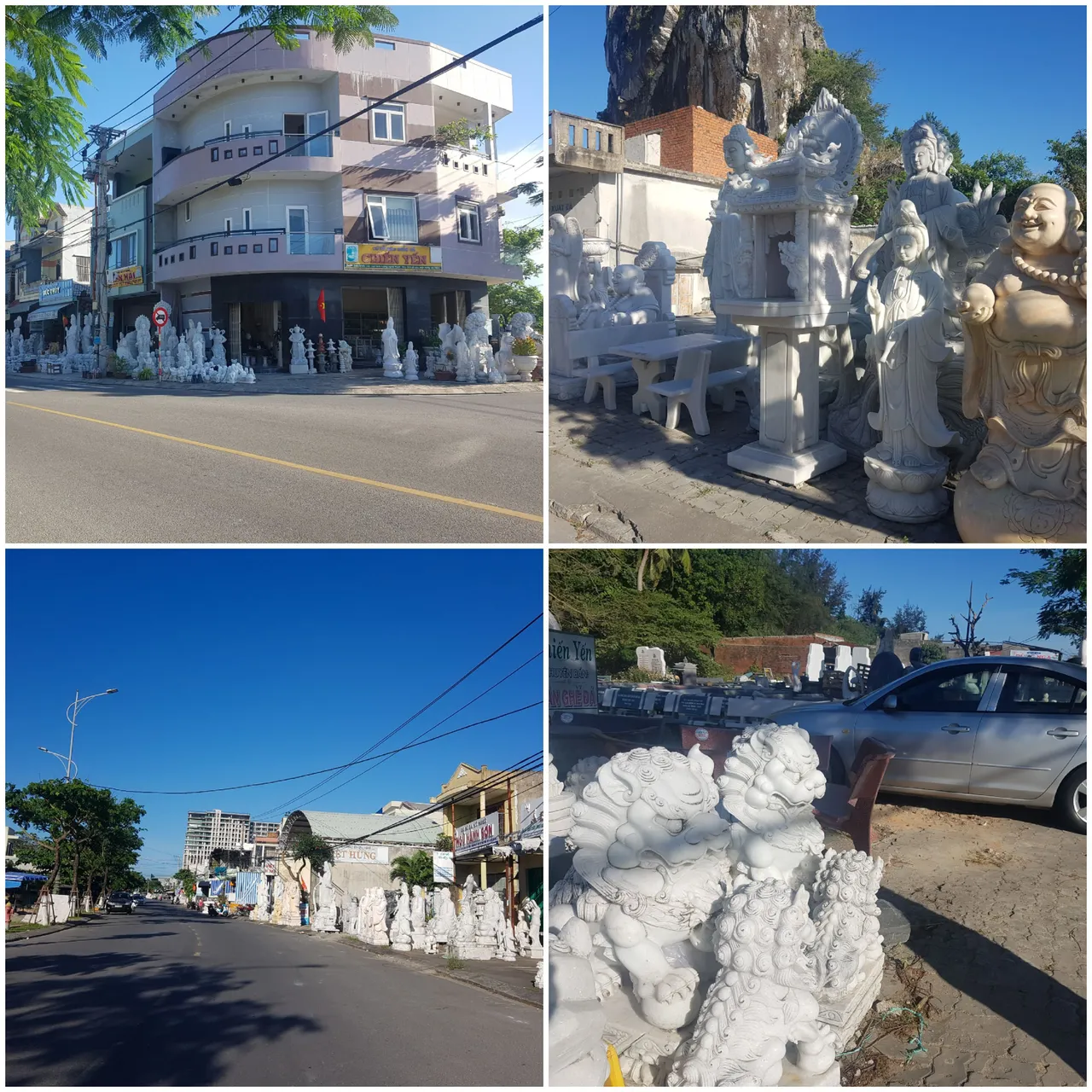
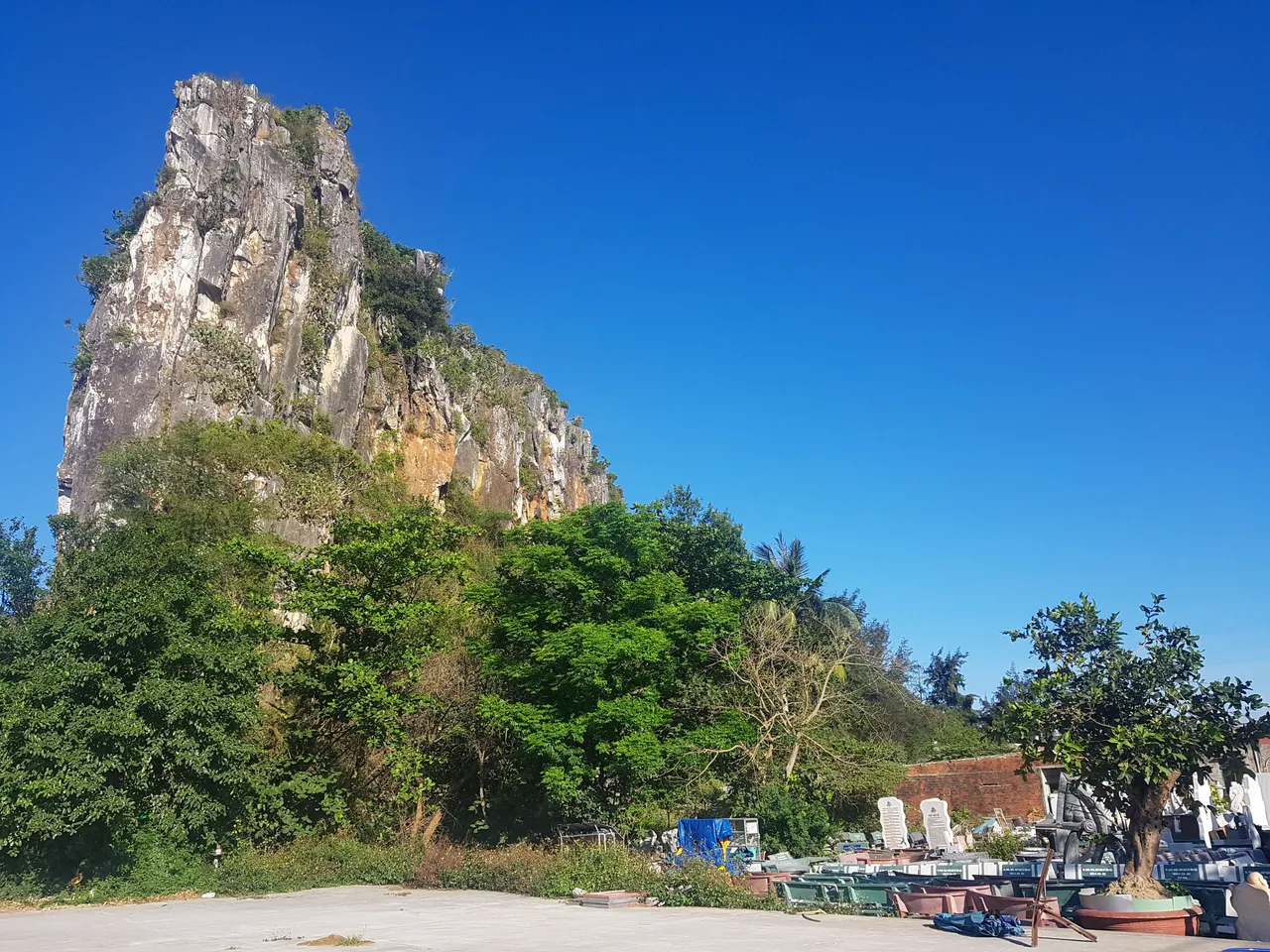
Metal, Wood, Thuy Fire, and Earth are the names of the five mountains that make up the Ngu Hanh Son mountain cluster, according to the Chinese idea of the yin and yang five elements. Thuy Son is the largest and highest mountain in the area, as well as the only one with a built-in climbing trail and an elevator that takes visitors to the summit. As a result, the focus of this article is on Thuy Son Mountain, where there is access to the mountain and caverns, the remaining mountains serve as a backdrop, and temples can be visited. The common trait of these mountains is that they are low and small, with pagodas or temples at the foot of each one. They are distributed in four directions. Thuy Son Mountain is the only one with four pagodas built on top of it, as though it were surrounded by forests.
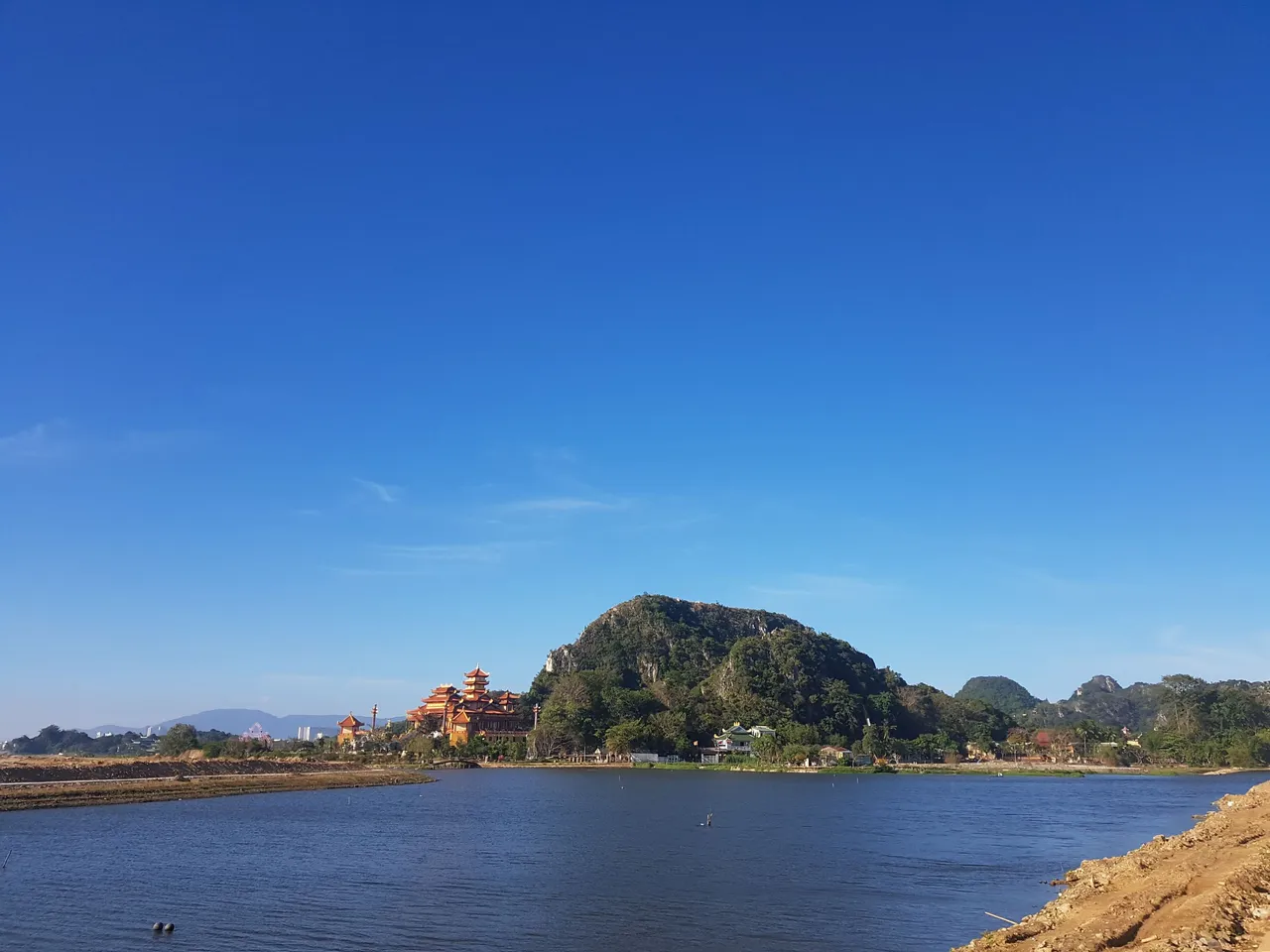
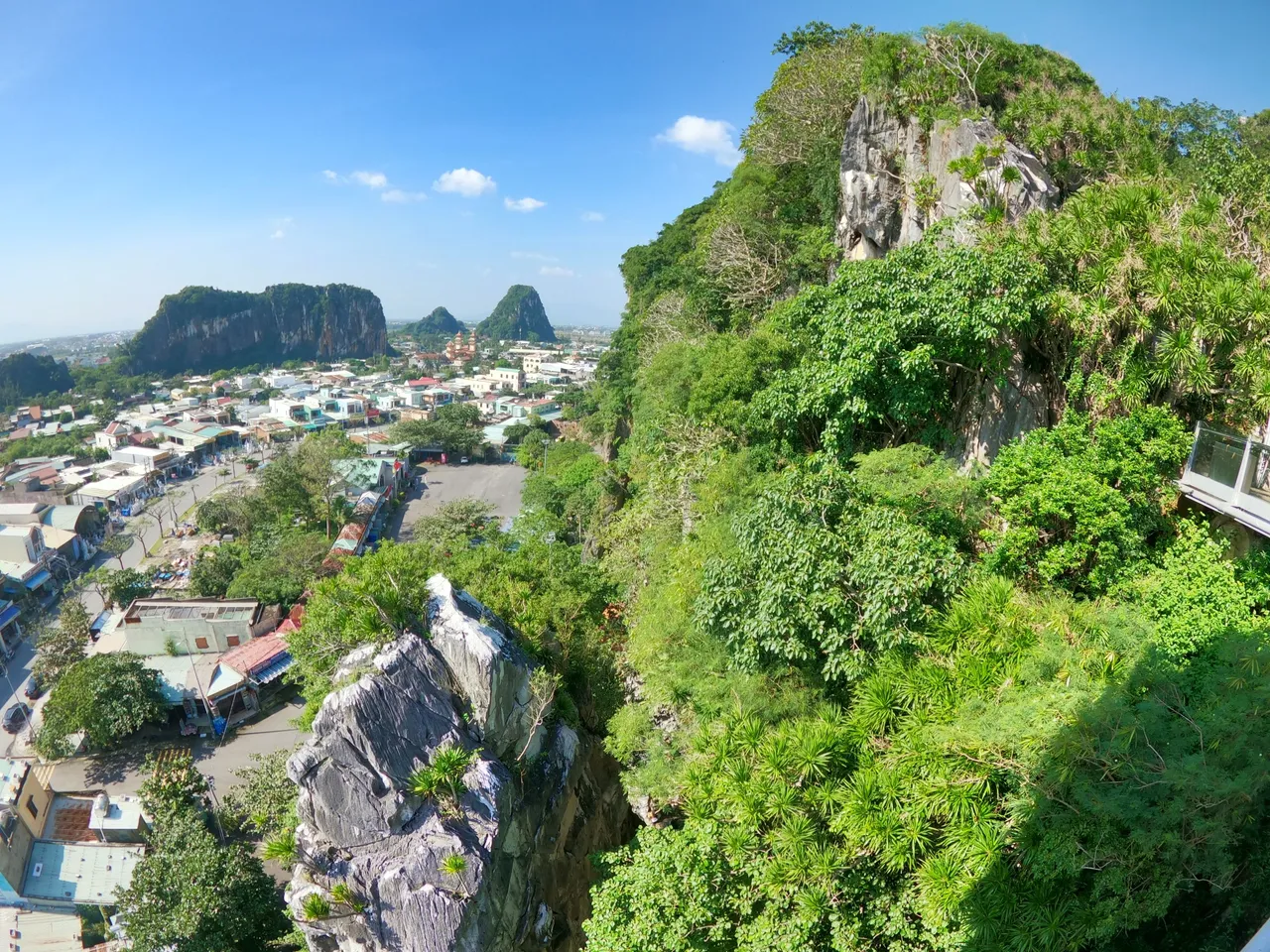
The objective of the three entrance gates and three exit gates at the top of Thuy Son is to prevent people from repeating the journey and to save energy when climbing the steep steps that create a circle around the mountain. The prior entrance fee cost 40,000 VND/adult (almost 2 USD) if you opt to use the elevator for an additional 15,000 VND (standing here also offers a magnificent view of the remaining mountains and residential area outside). Tickets to this tourist location will be free in 2022 according to the city's post-Covid tourism promotion policy.
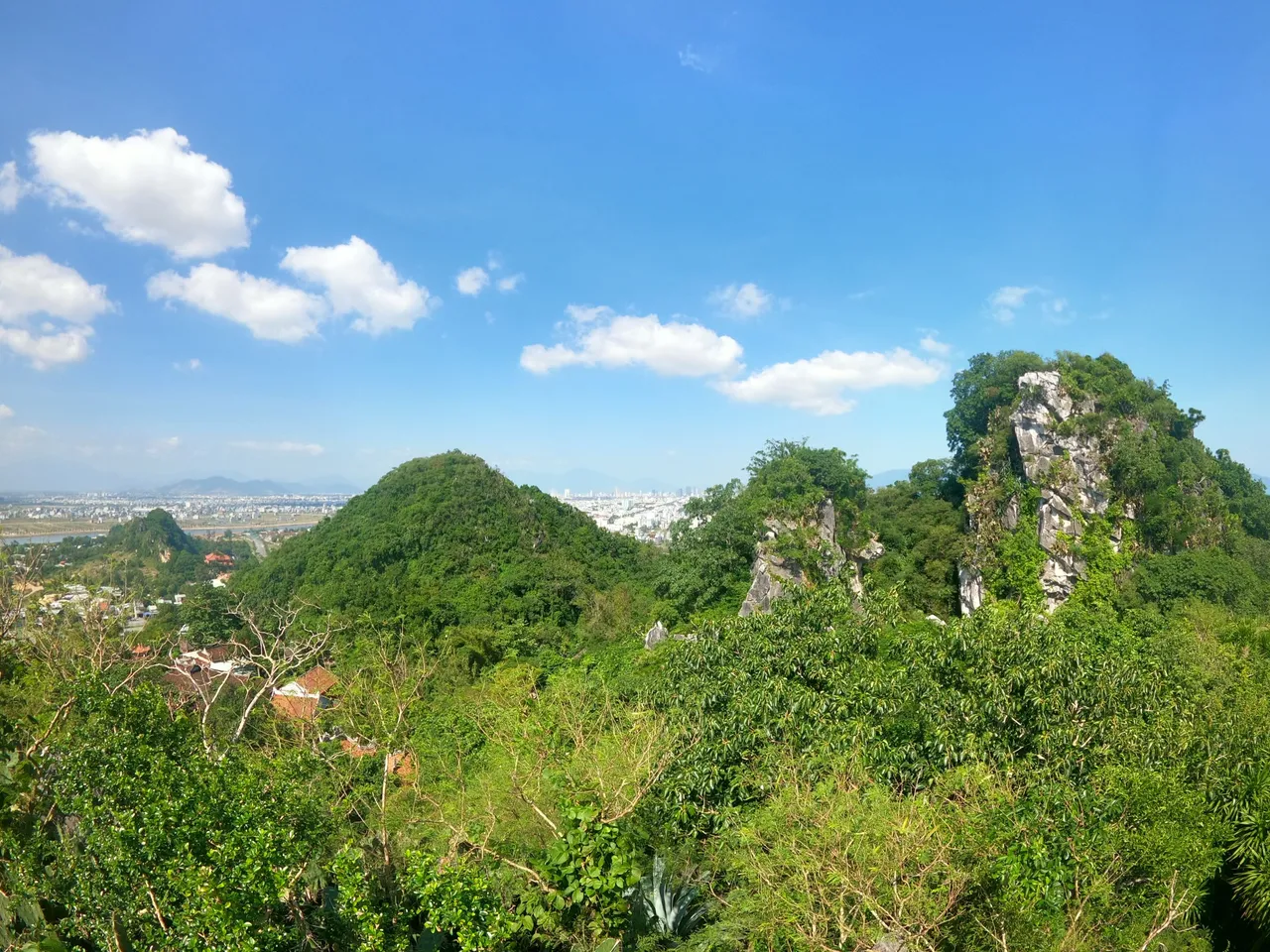
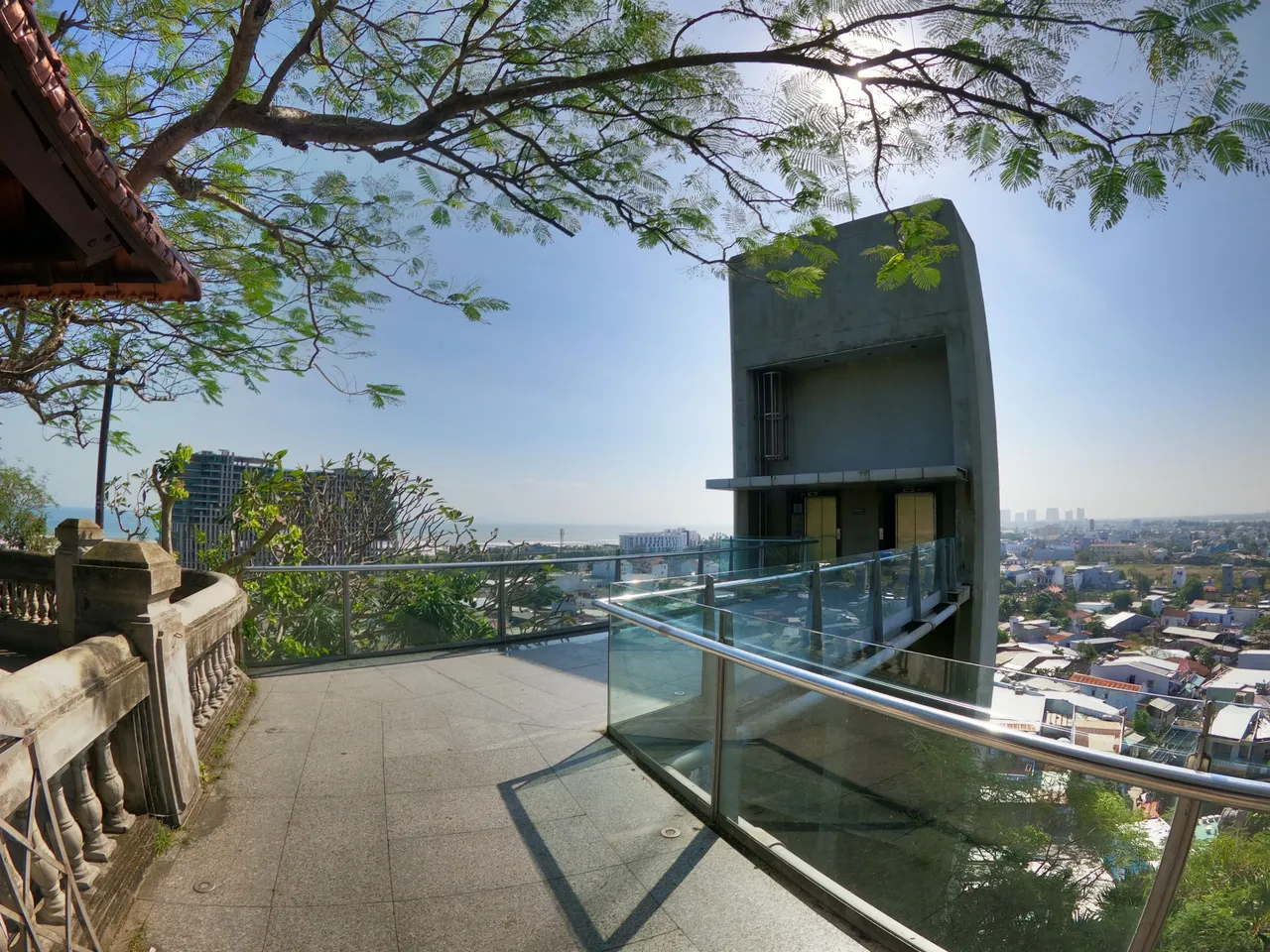

To properly appreciate the beauty and experience it has to offer, I believe it is preferable to ascend from the bottom of the mountain. Because I arrived around 11 a.m., the rising sun beams through the alternating rays of sunshine through the trees overhead, making the scene more lovely and allowing us to appreciate the coolness of the forest. The stone steps and old-looking wall covered in green moss and fallen leaves are my favorites; they make the street appear greener and more antique than a clean and modern roadway. The first place I saw was a temple, where there were amazing reliefs of Chinese Buddhism (dragons) etched in delicate stone with exquisite curves right near the door.
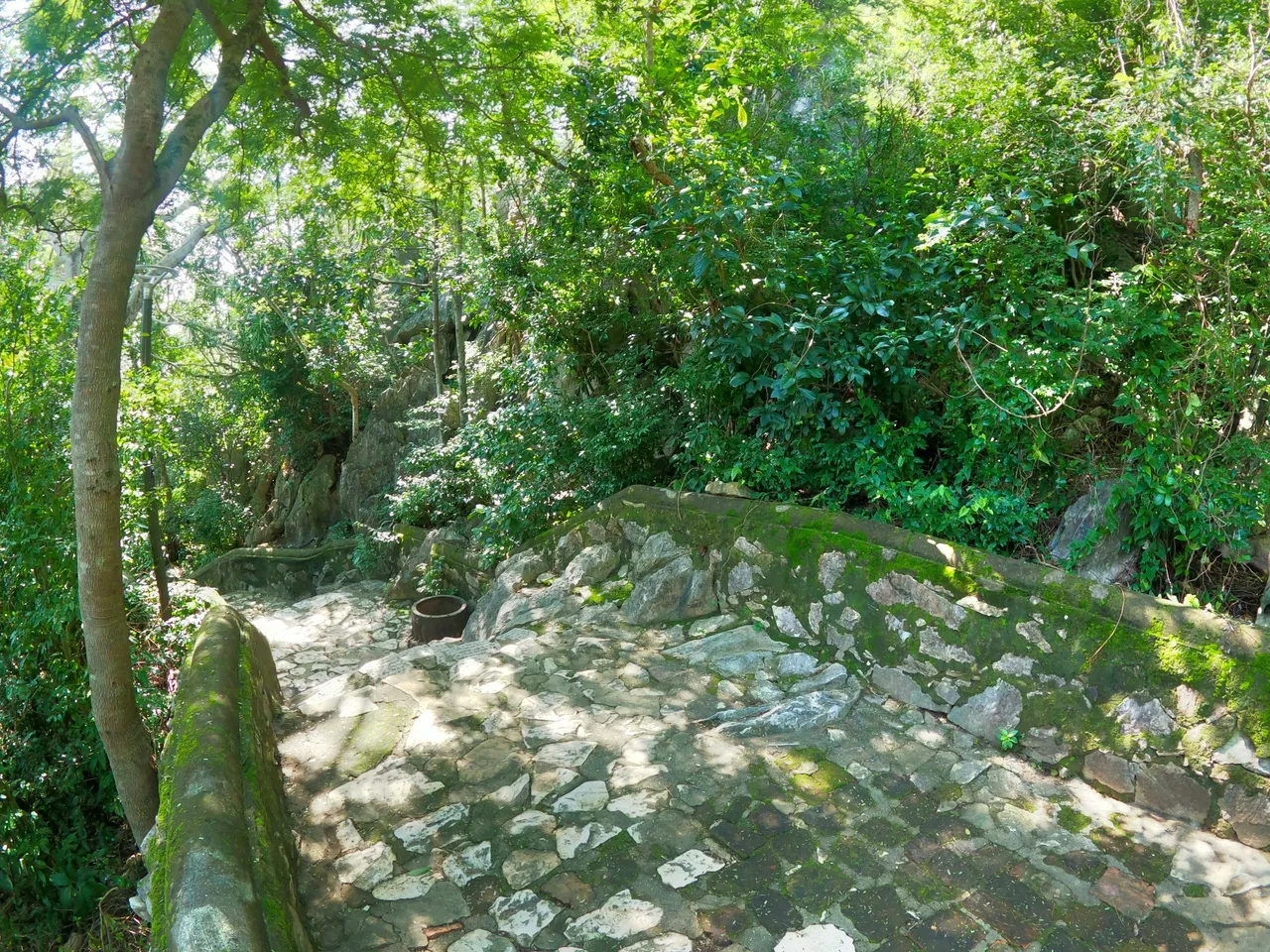
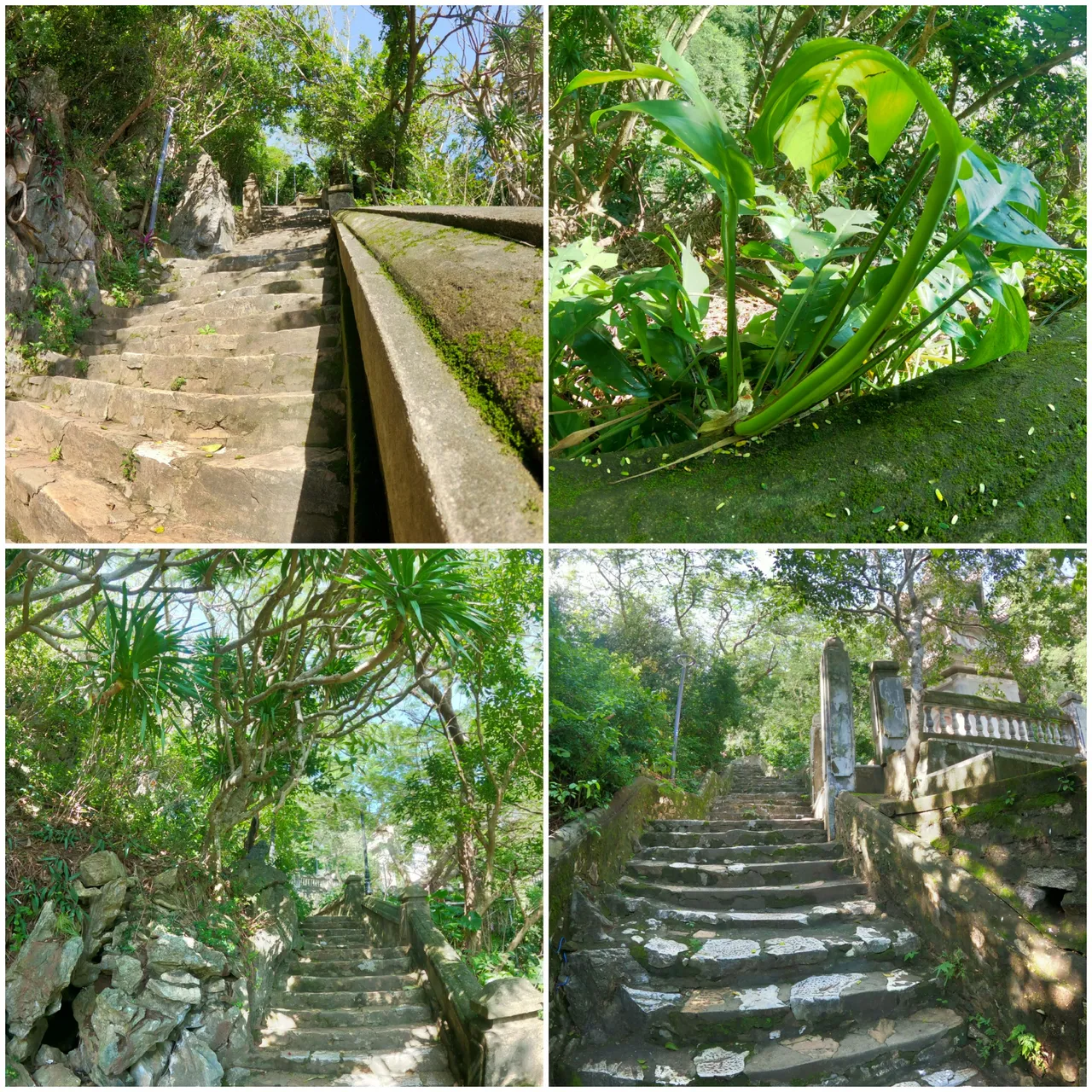
( )
)
The lines and patterns that gopro's camera lens cannot fully convey are visible in the sunlight on the little temple with its blue tiled roof architecture. Some people are respectfully worshiping inside, and I did not go inside to take pictures, but I can see inside with my naked eye, with wooden altars and buildings painted in color. Incense makes the room golden and smokey. The campus is quite lovely and serene with many green trees and statues, and next to it on the right is a lake close to the location where Buddha is meditating with white stone. Even the lake's fountains are modeled after stone carp.
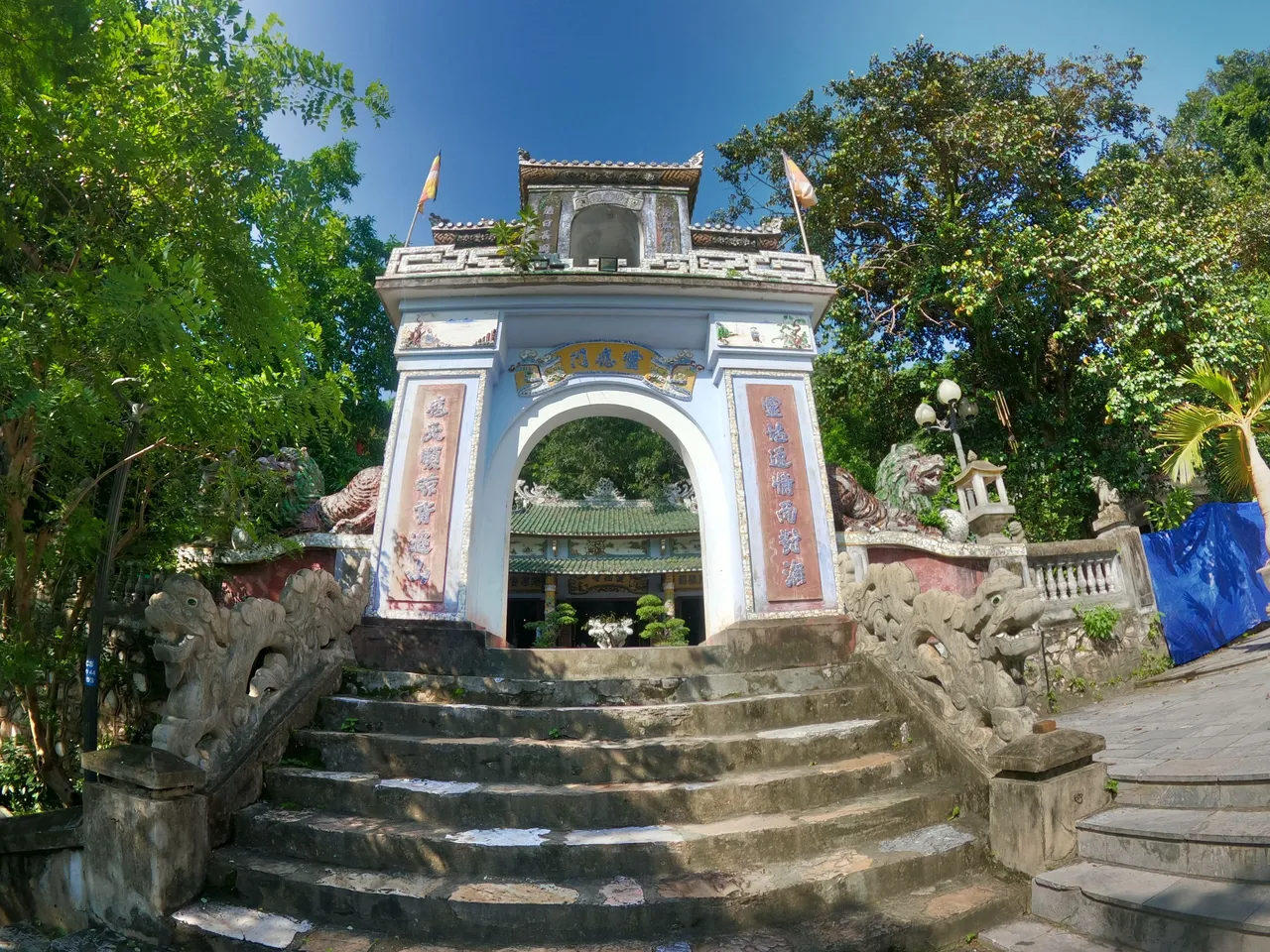
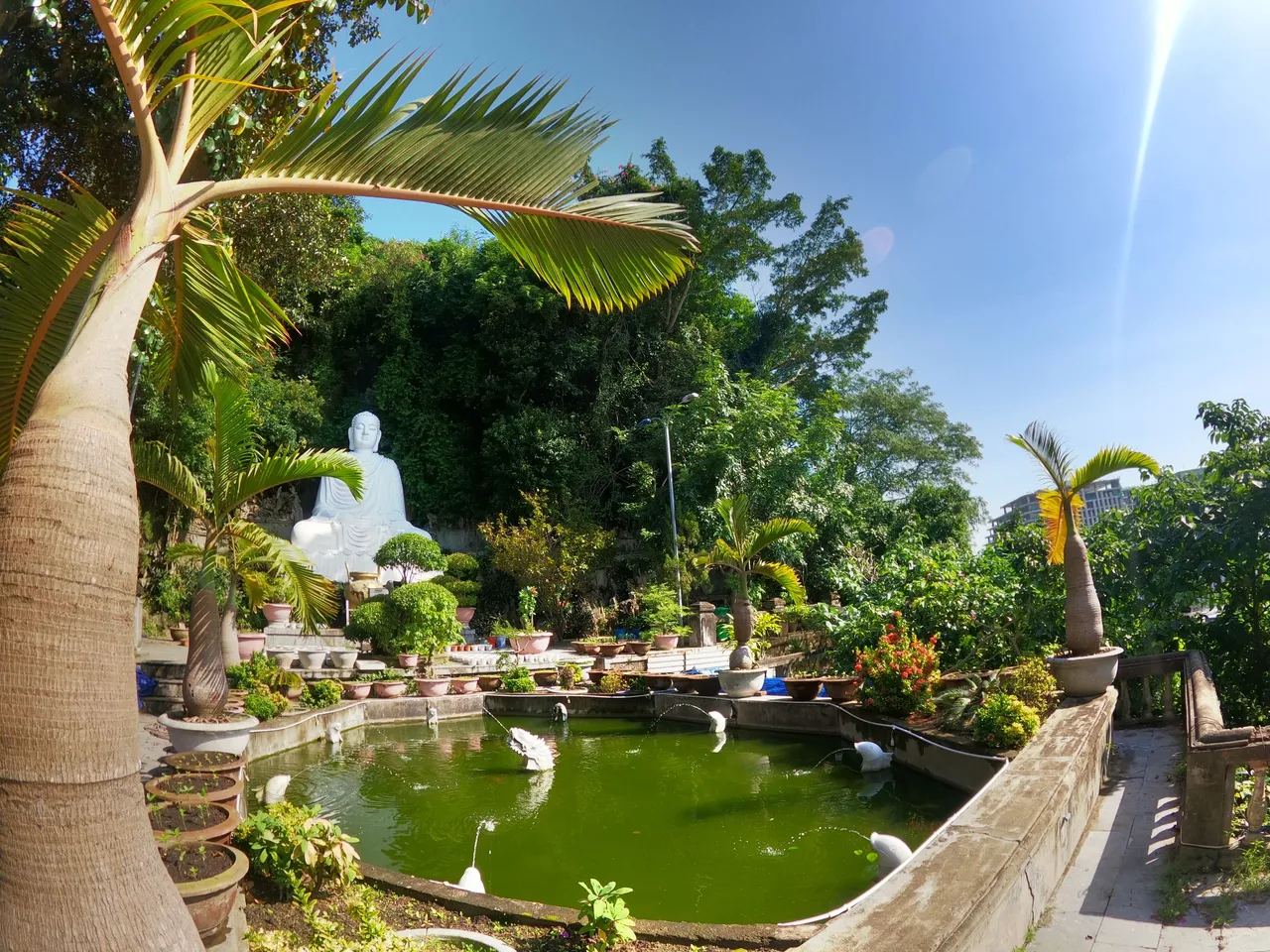

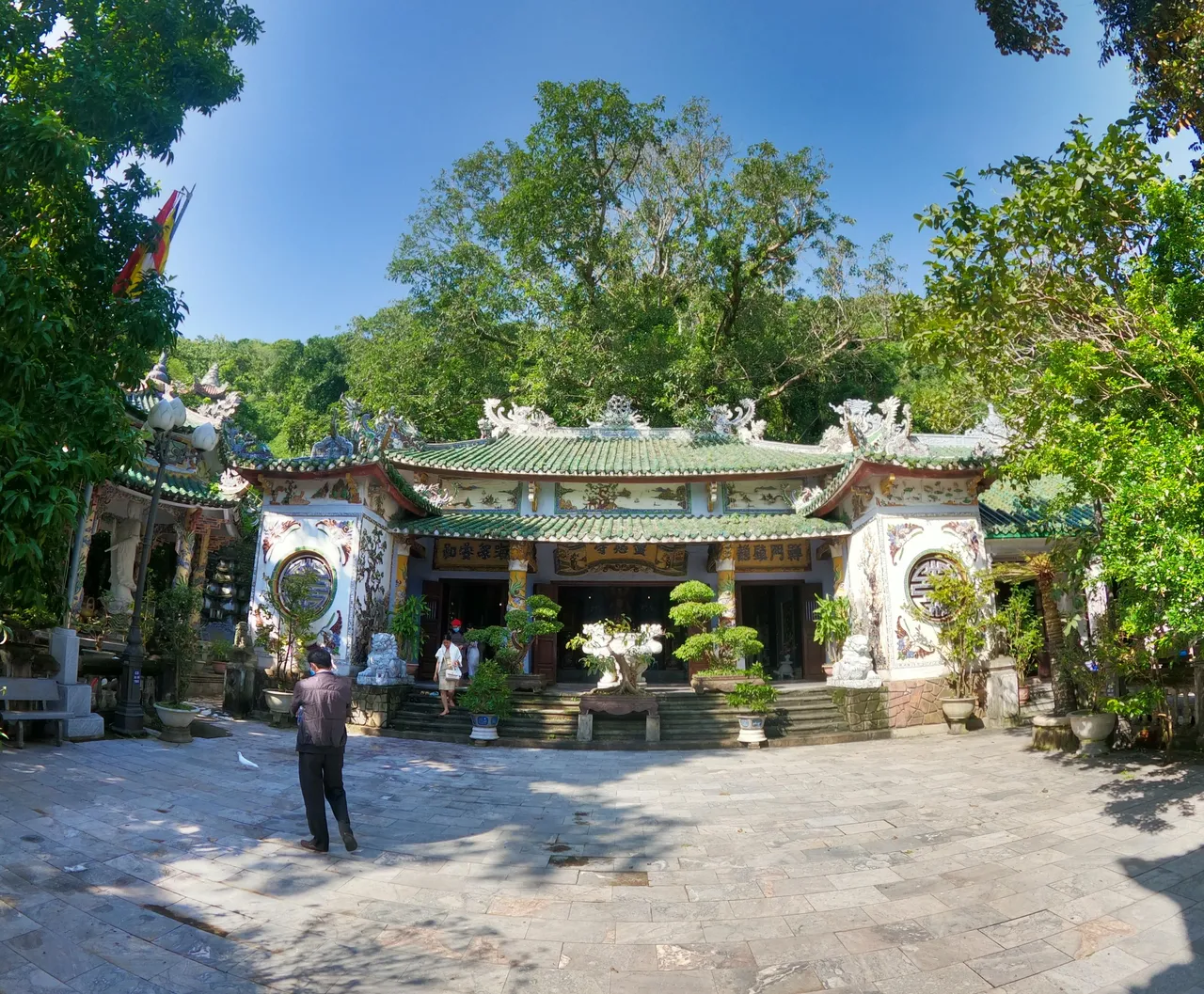
To the left of it is an open roof in the middle of a small lake (sorry, I have no idea what to call it; you can see the picture) worshiping Bodhisattva Avalokitesvara, similarly using a beautiful green tile roof, four pillars The station has a beautiful dragon shape, it has an attractive iridescent shine next to the stone benches to rest under the green canopy. To avoid duplication, you must carefully examine the diagram. There will be numerous possible turns to travel to other areas.
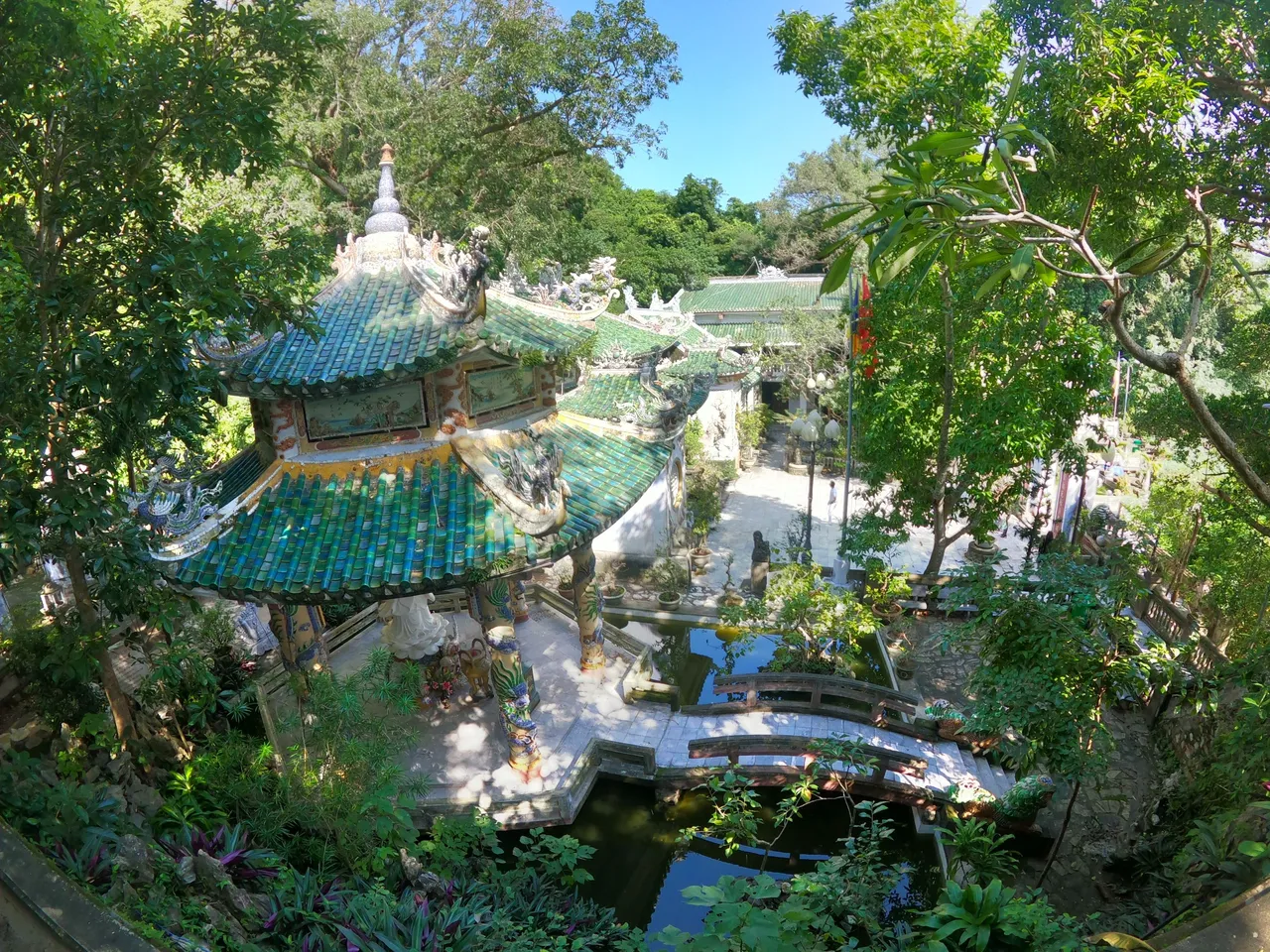
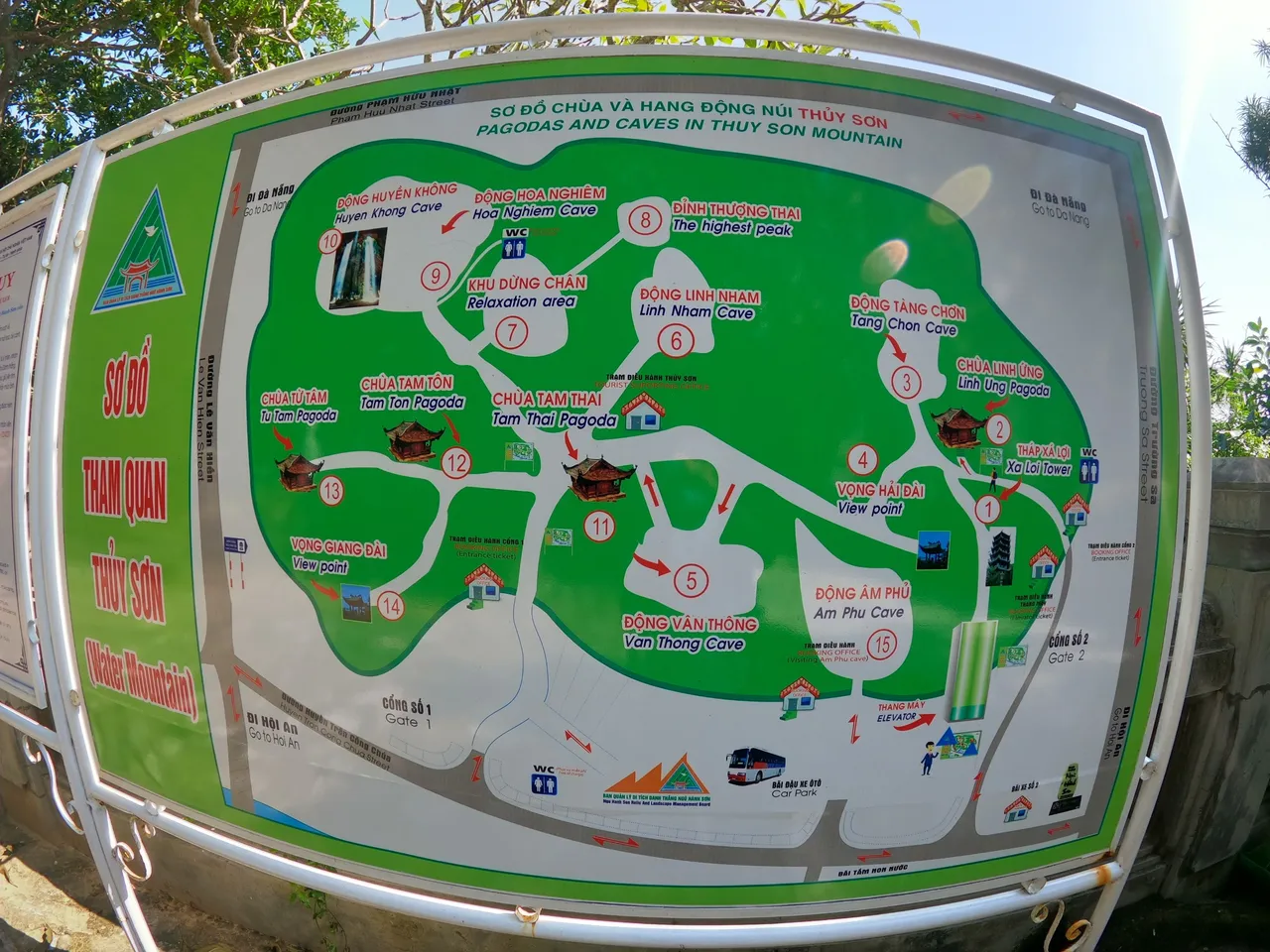
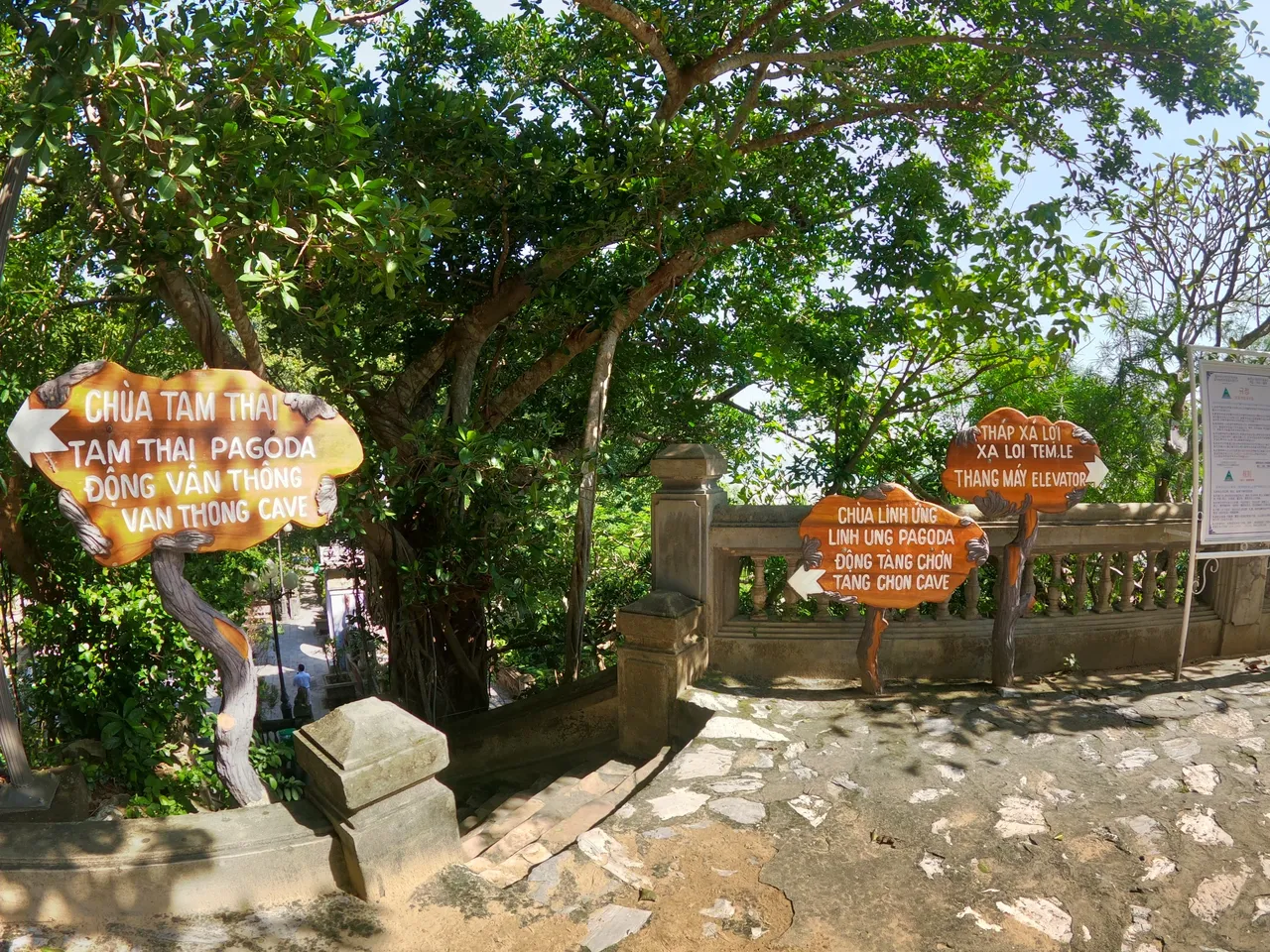
The Xa Loi stupa is approximately seven storeys high, with four gate pillars making three entrance gates; its construction is particularly attractive, with the dominating gray tone, the four corners bent upward to represent flower buds, and Buddhas and Arhats inside the shrine. Behind it are two intricately carved walls with symbols, trees, and lotus flowers, with a stele honoring the patriarchs in the centre of the two walls.
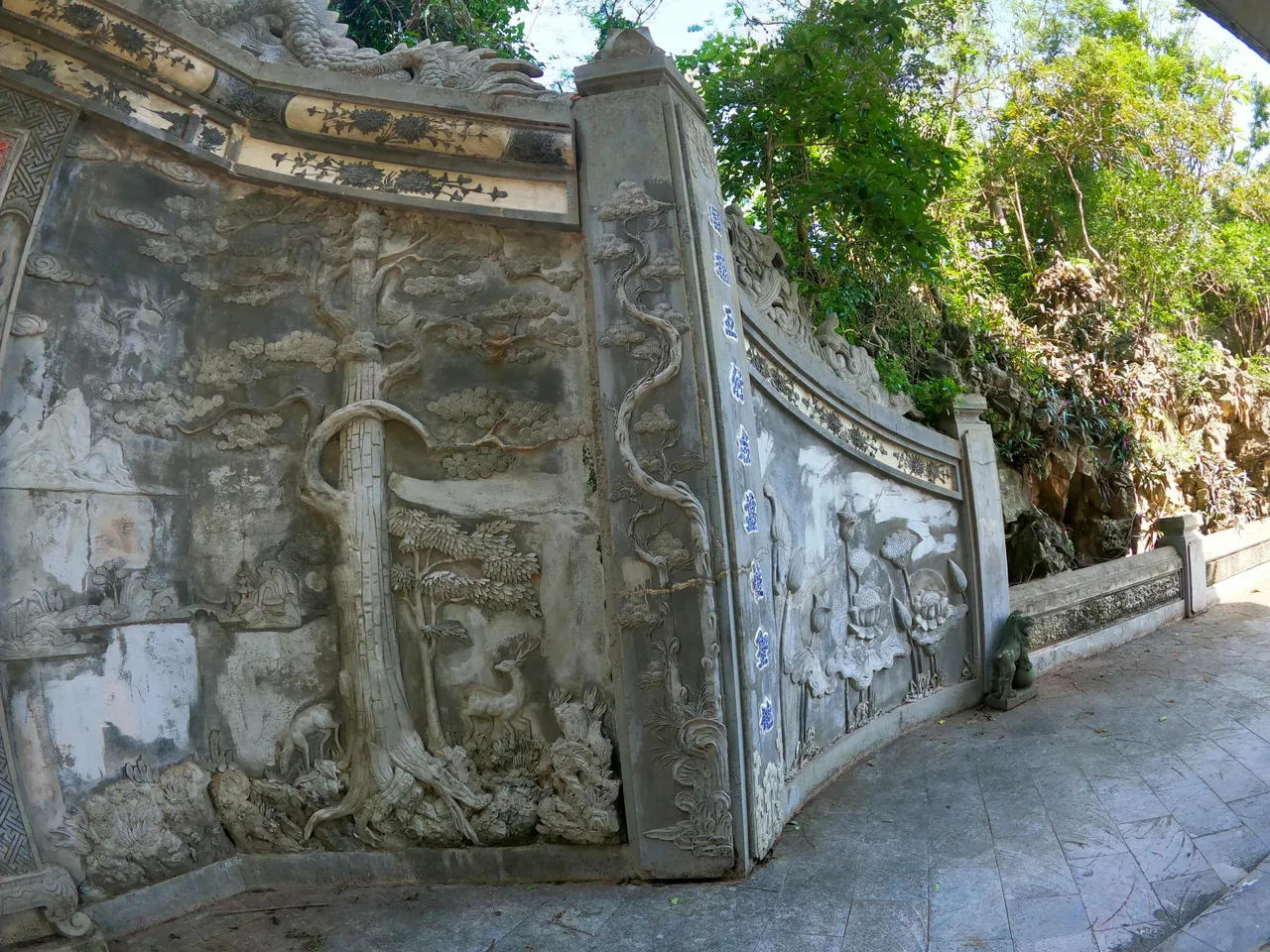
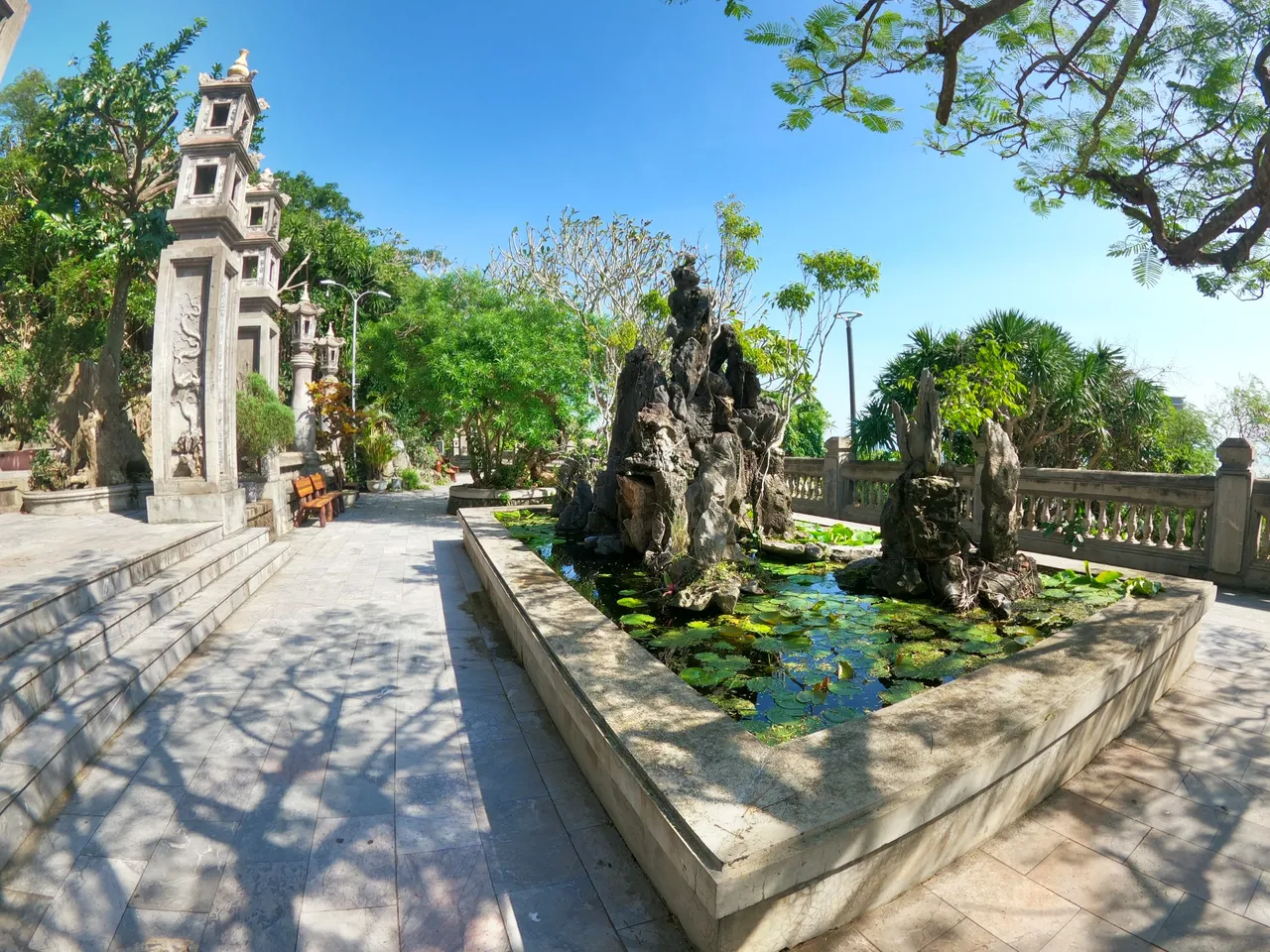

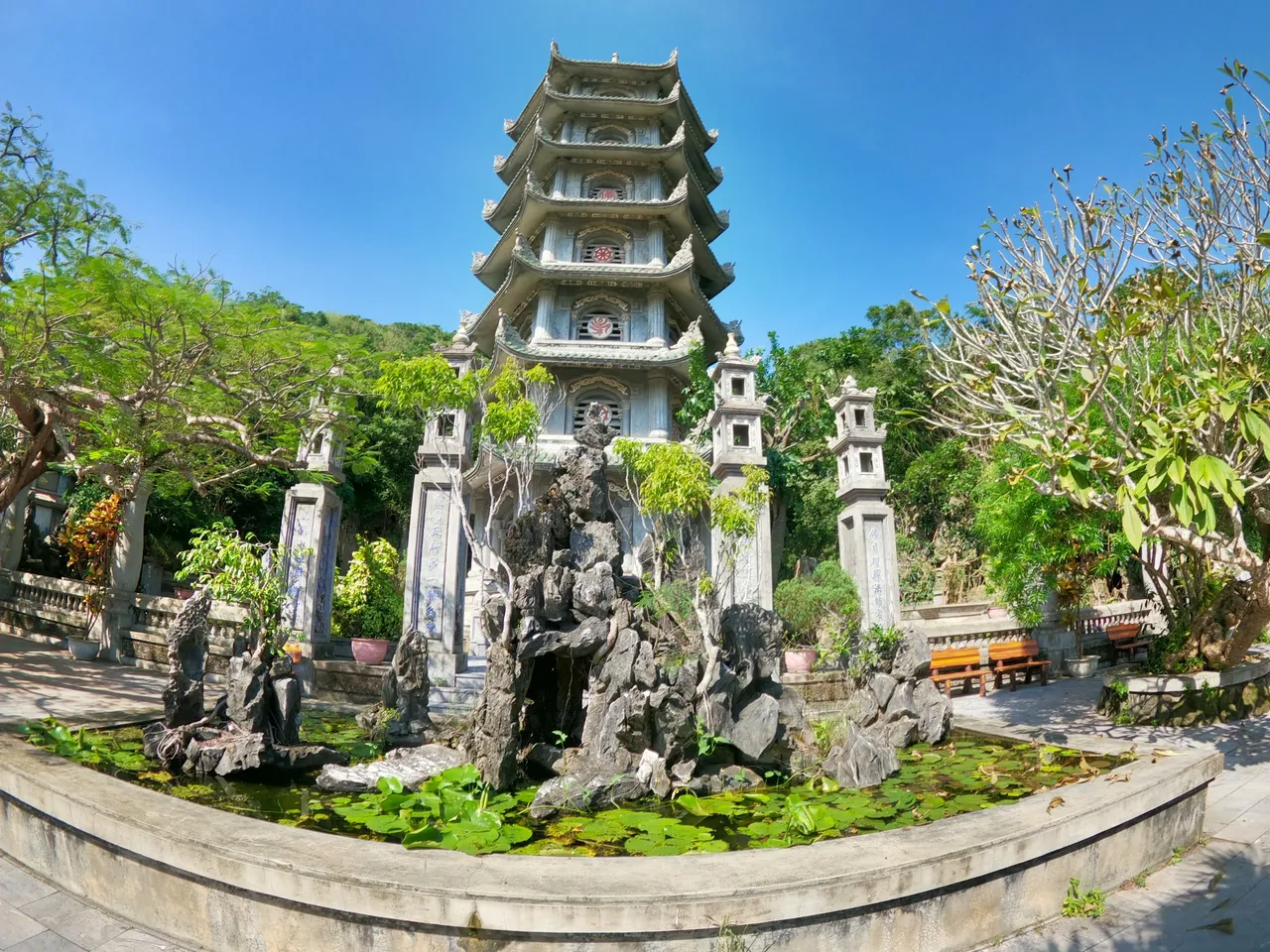
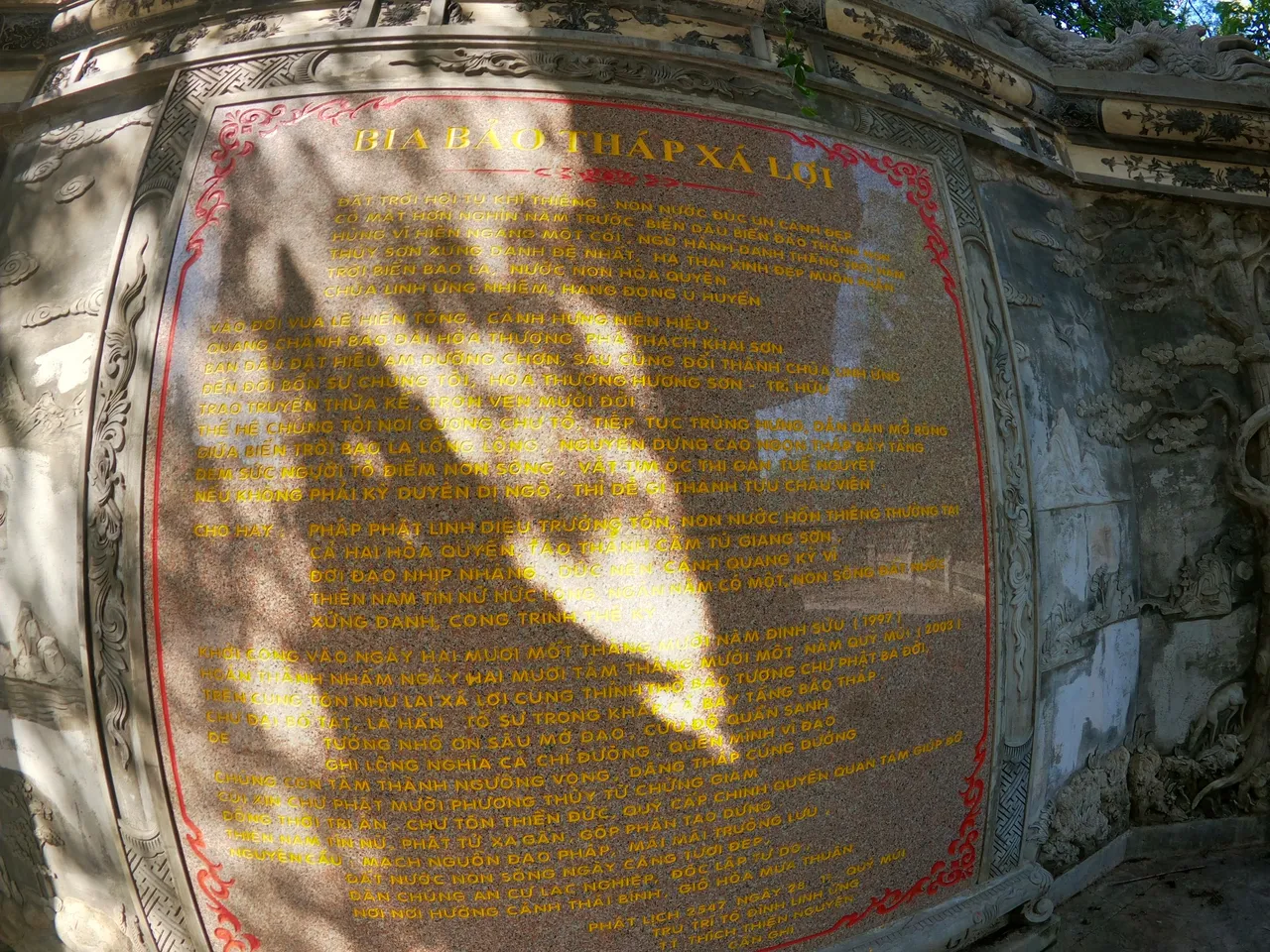
On the approach to Van Thong cave, a three-story stupa stands close to the mountain's largest Relic stupa and two smaller stupas. Because I'm not a Buddhist, I'm not sure if the stupas contain the remains of the abbots who erected the temple.
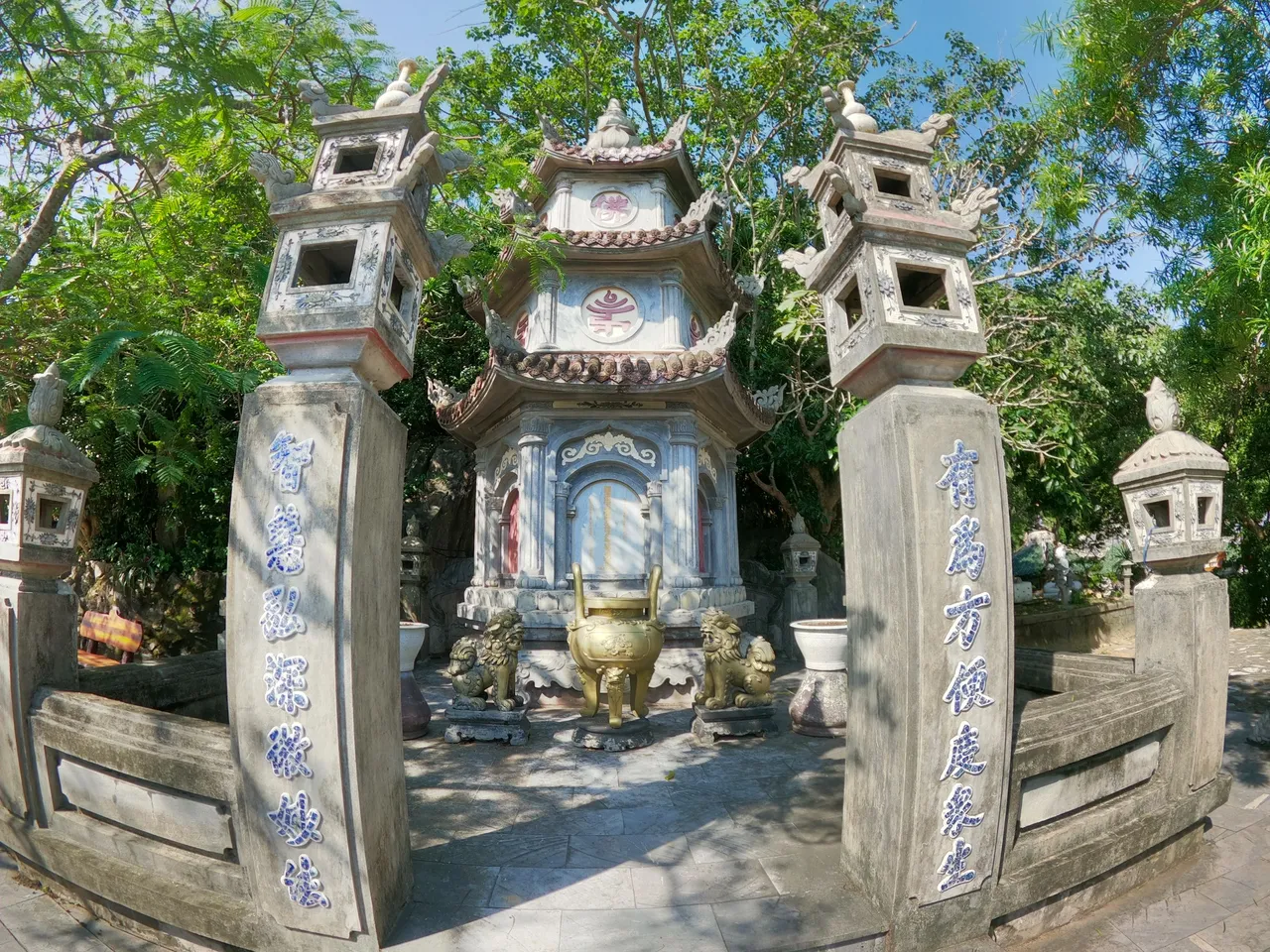
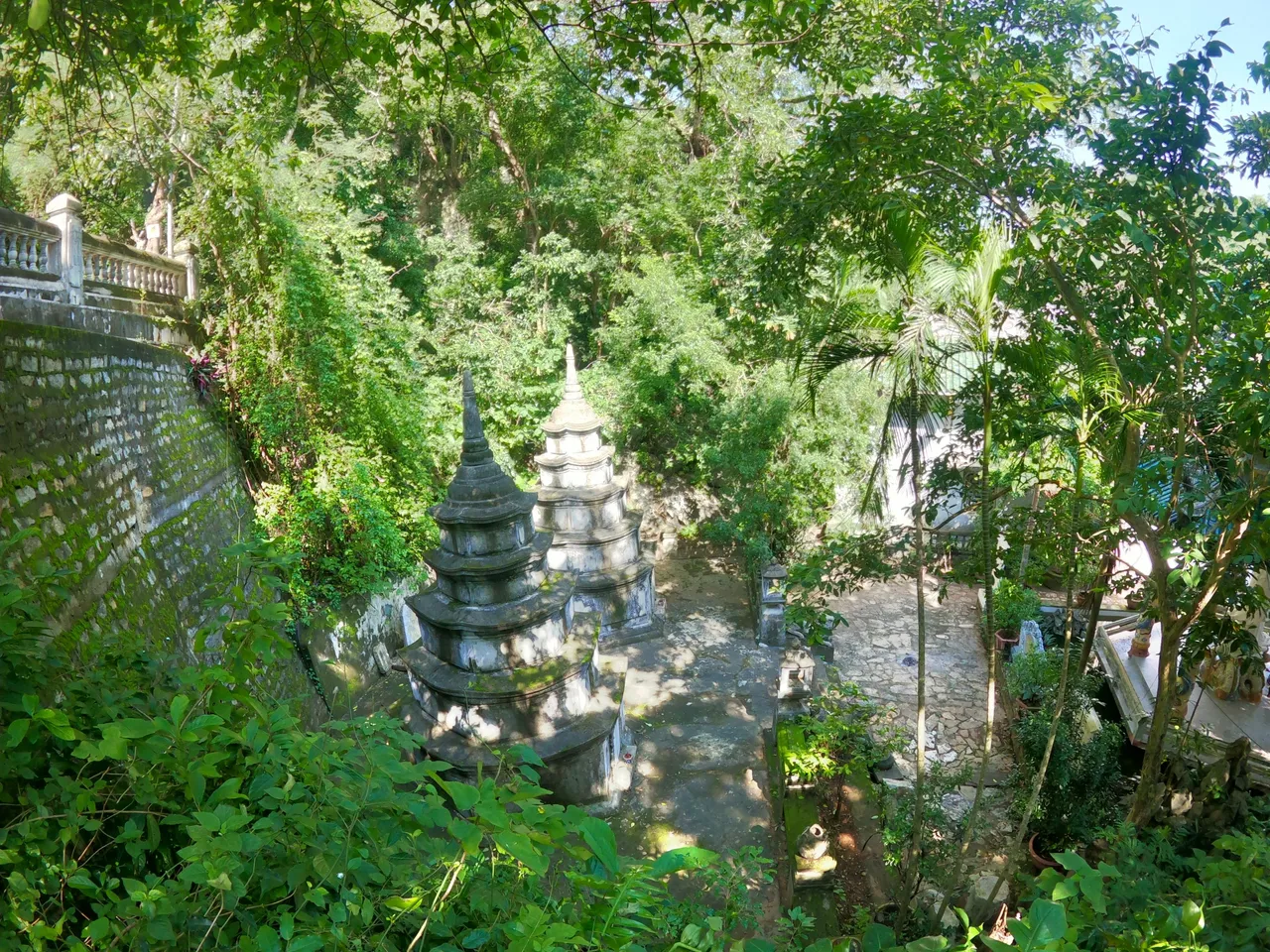
Tam Thai Pagoda sits next to it, and it is the oldest of the temples above. Its gate and roof are old and coated in green moss, and it is quite lovely.
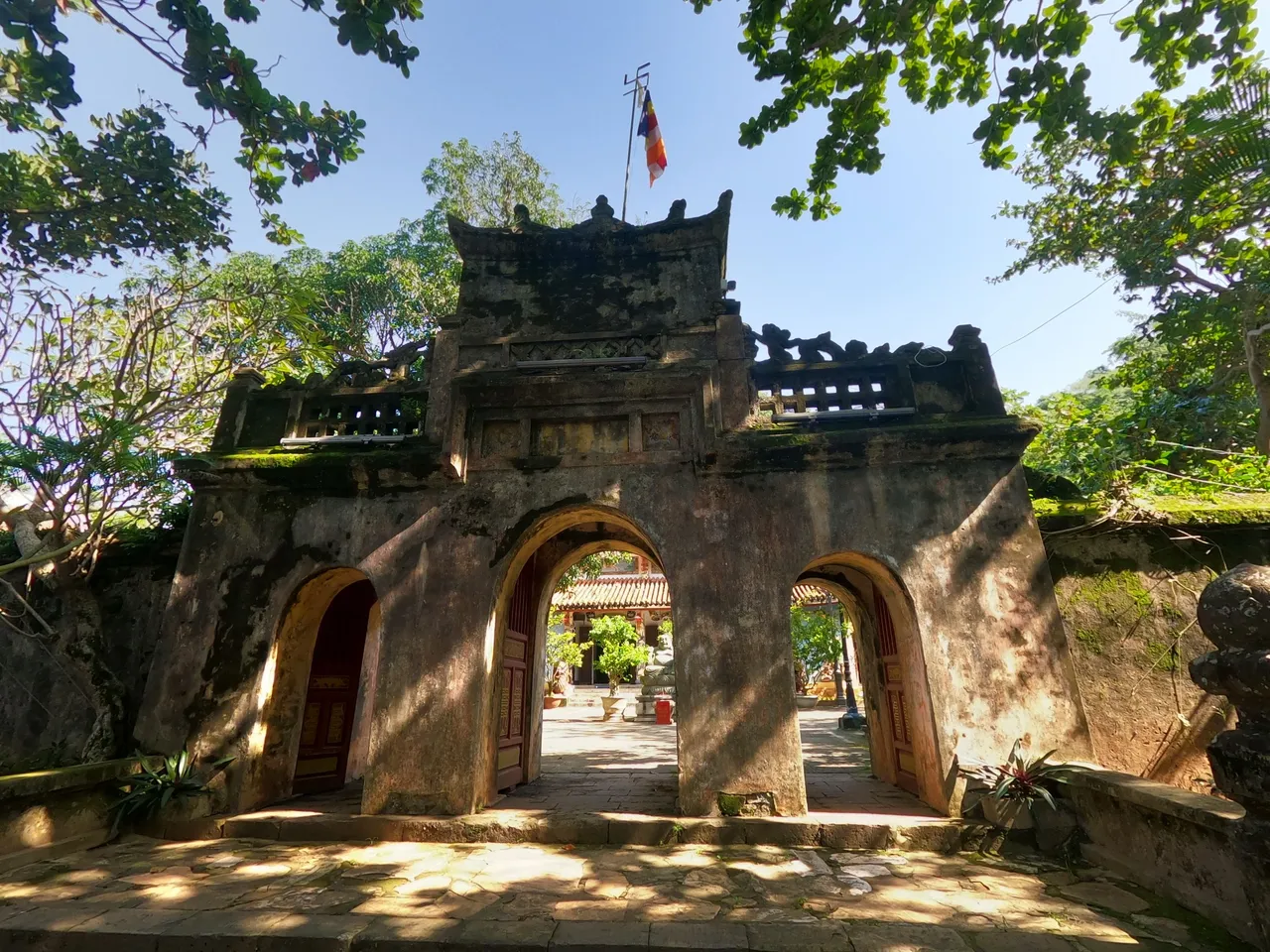
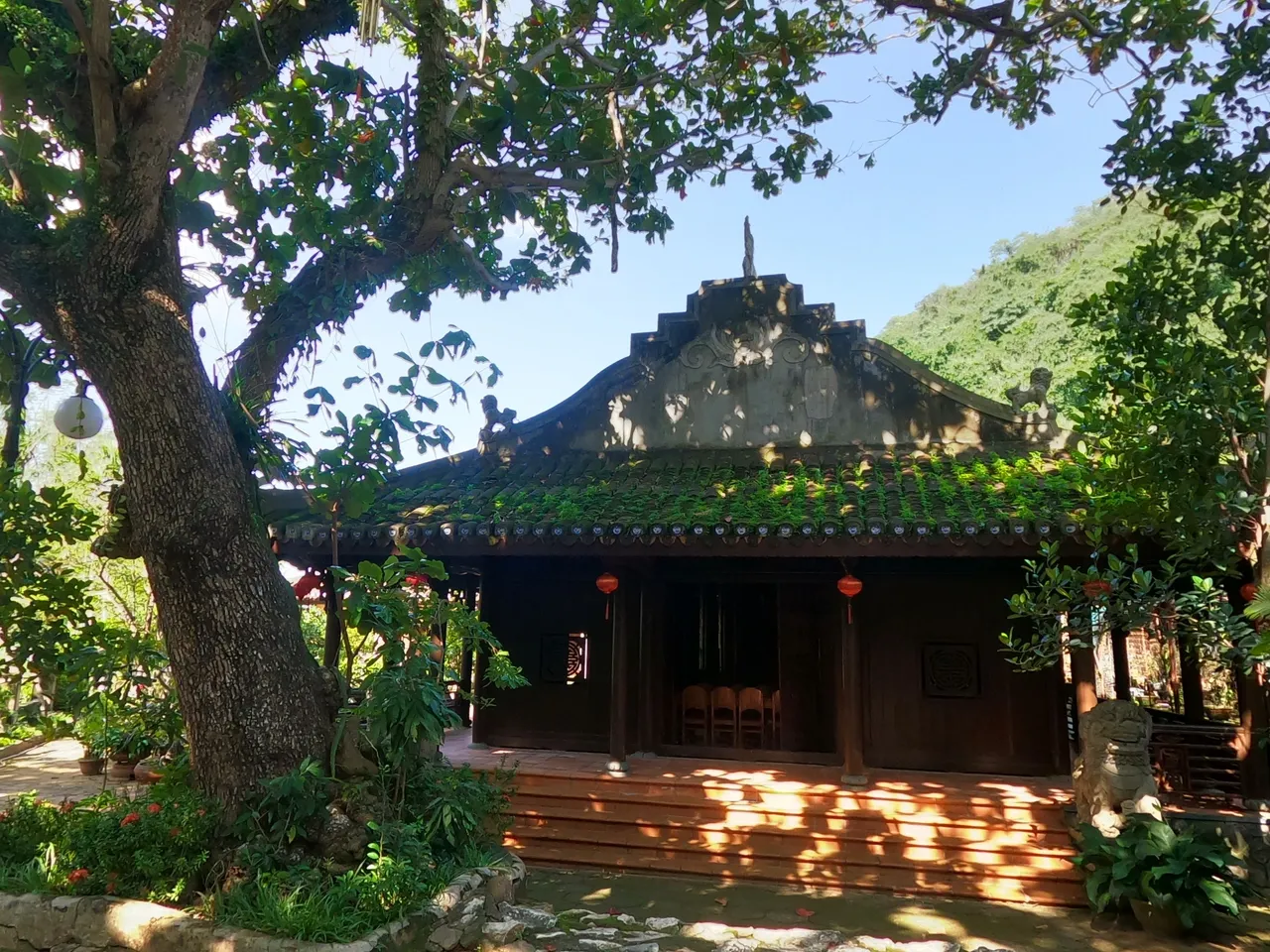
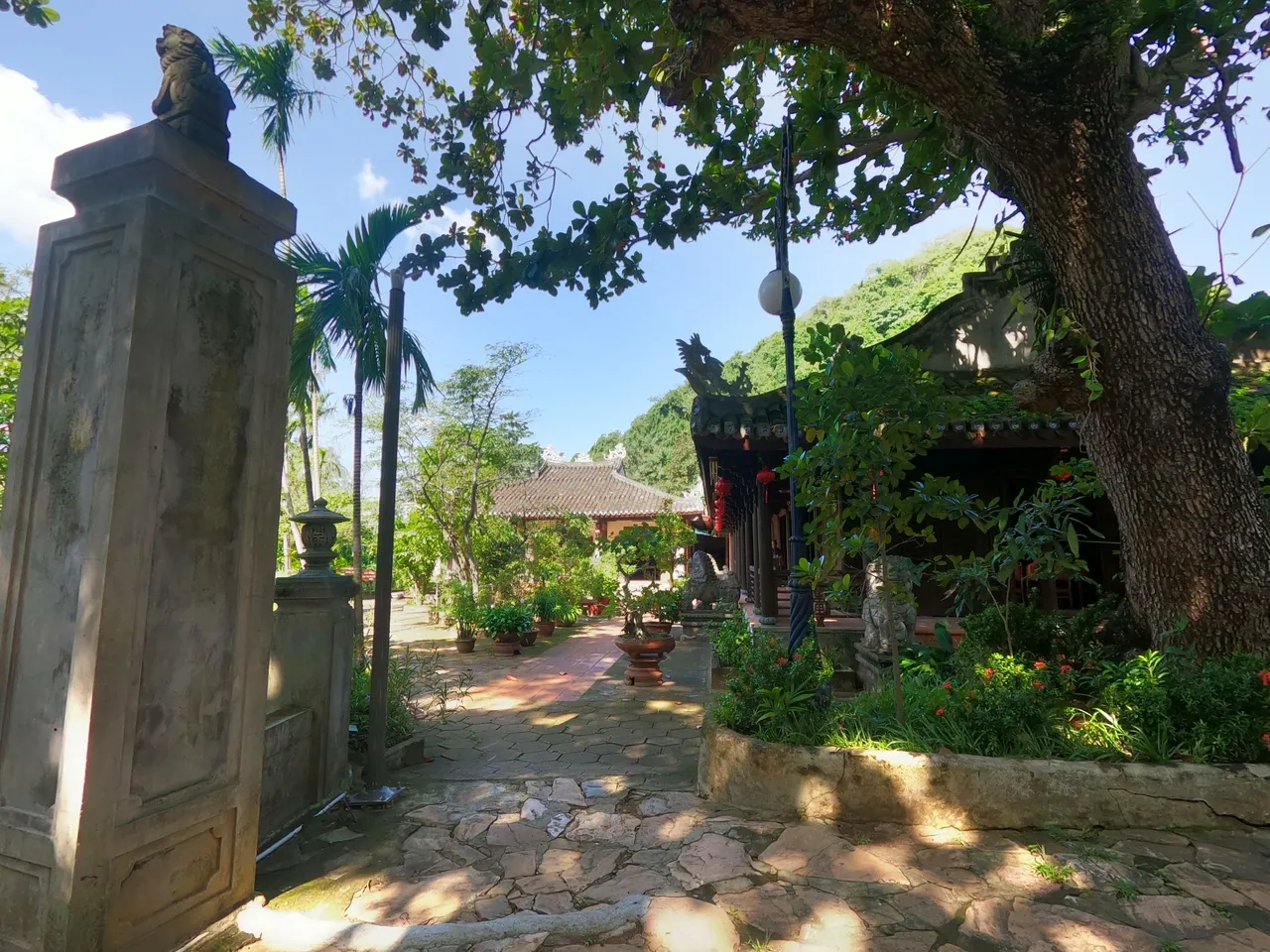
I'll pass through a natural gate made of mountain stone that's approximately 4 meters high and looks like a cave opening with the space beyond, which appears to be extremely interesting but could collapse at any moment. This side is entirely made up of sheer cliffs that make you feel small as soon as you approach. Some small caverns dedicated to a certain god, as well as similar interconnecting tunnels, can be found here.
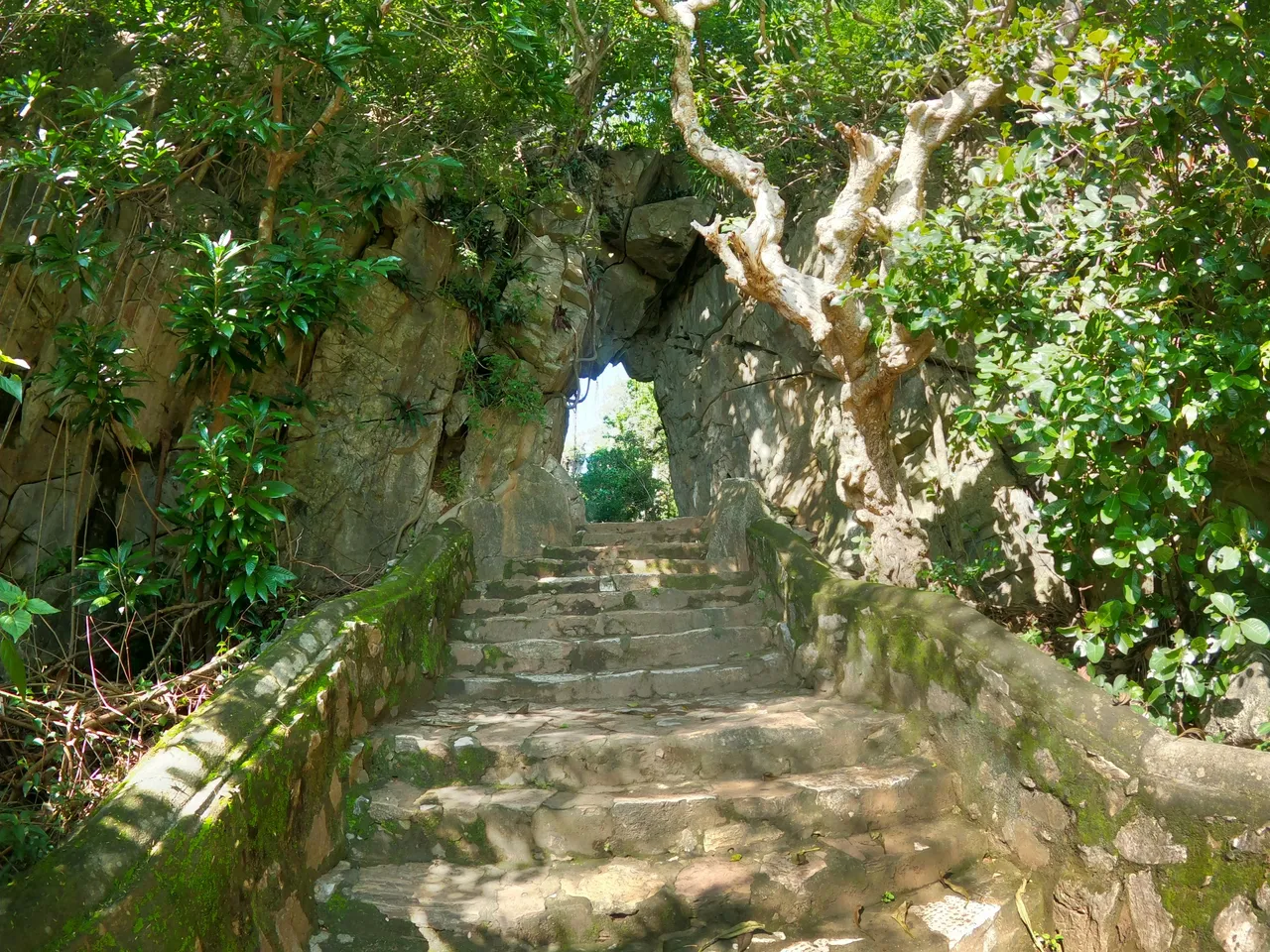
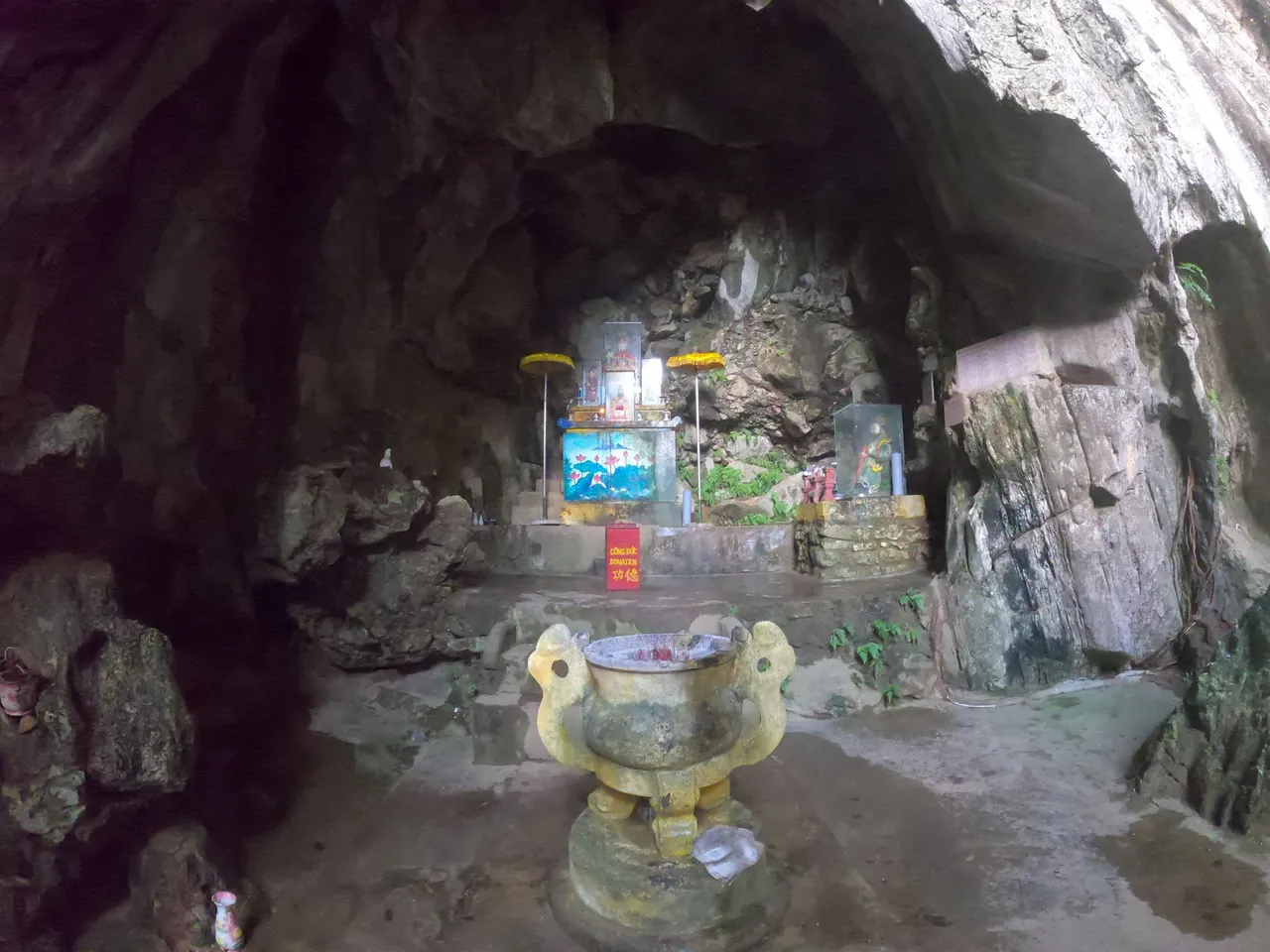
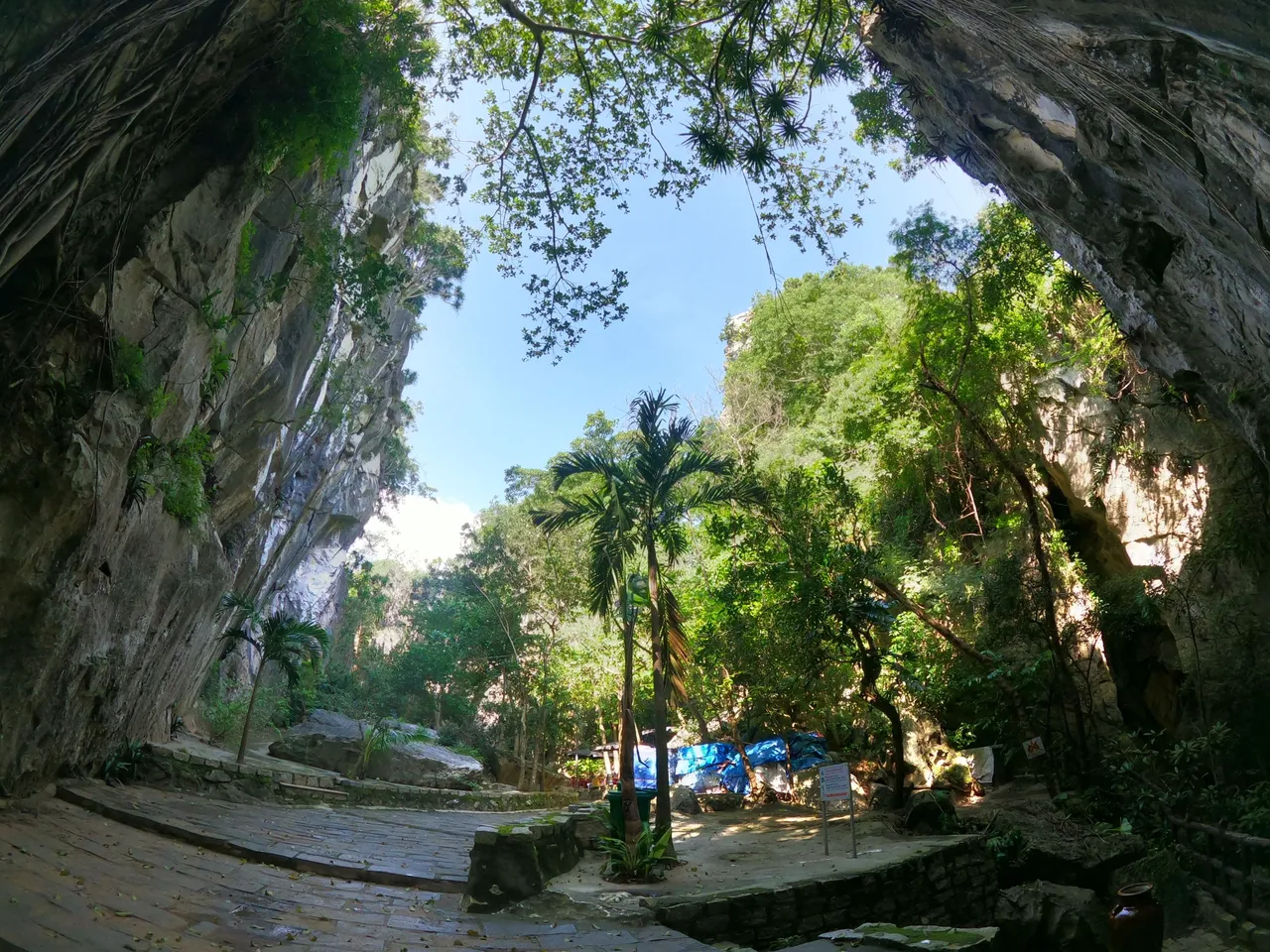
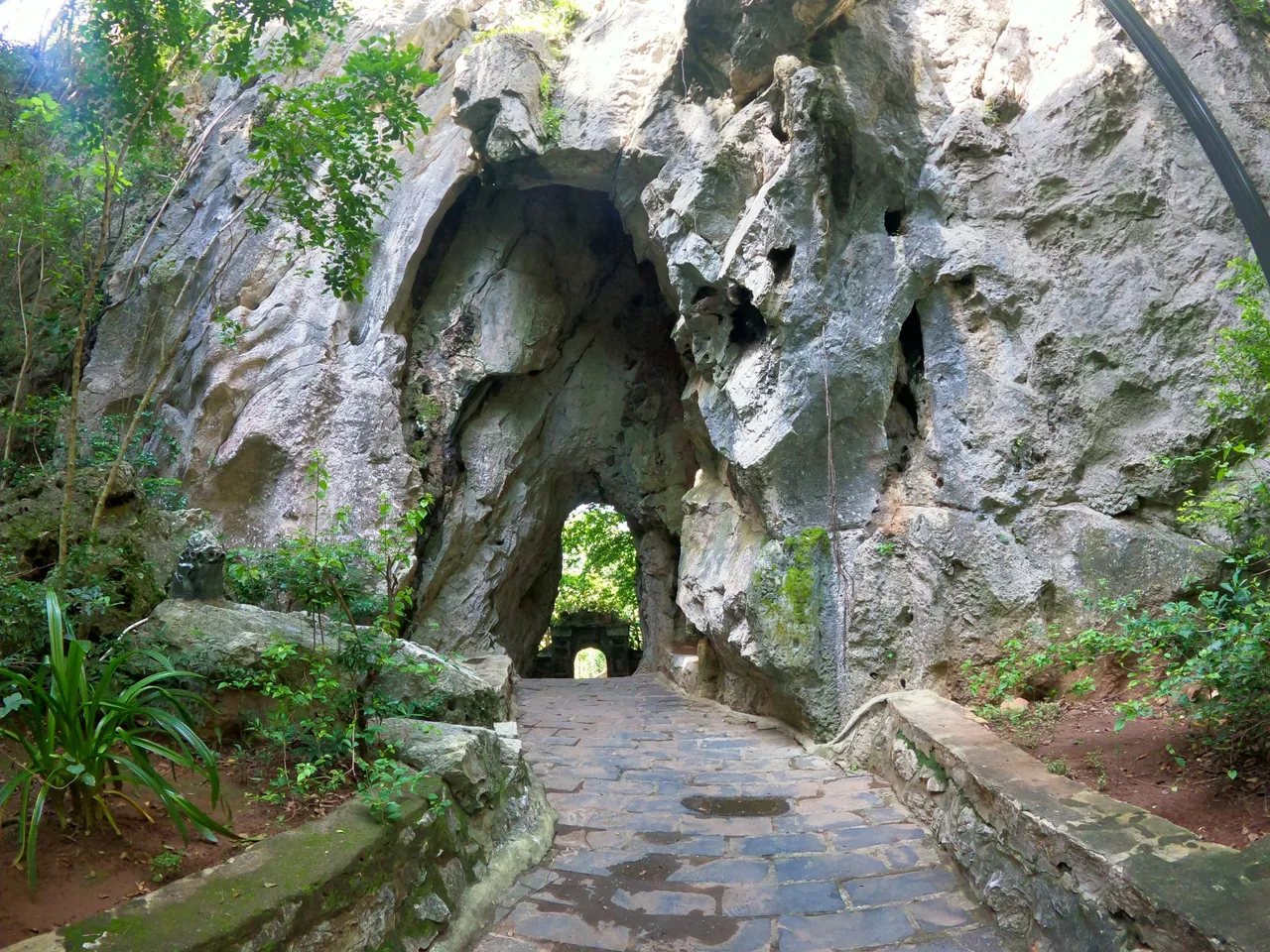
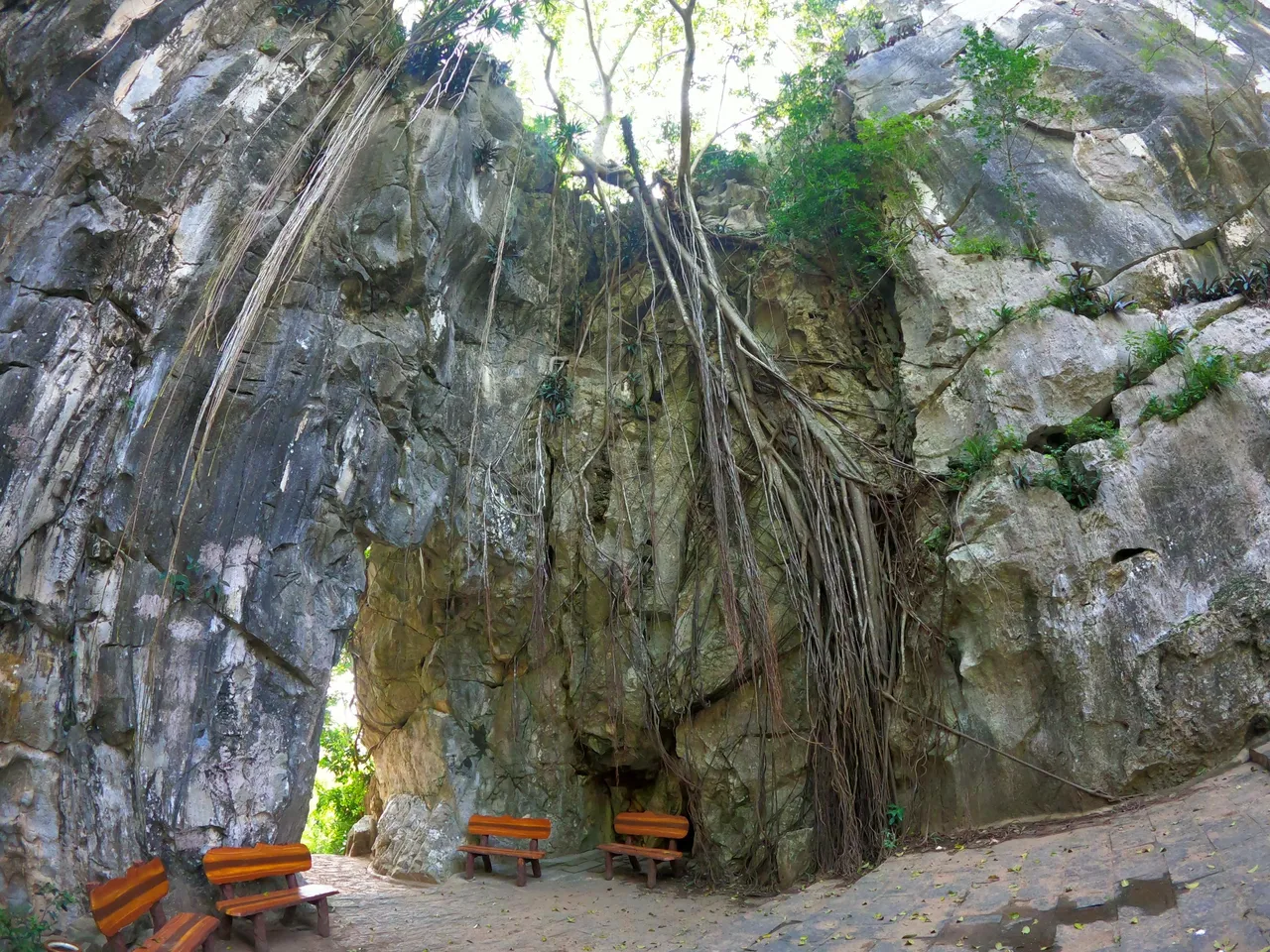
I went into Van Thong cave because there was a little cave entrance at the top of the cave where the sun could shine straight into it and another cave door that connected directly to the mountain leading up. It is quite narrow and large, and huge folks will have an easier time finding another route. It is, nevertheless, a pleasurable experience.
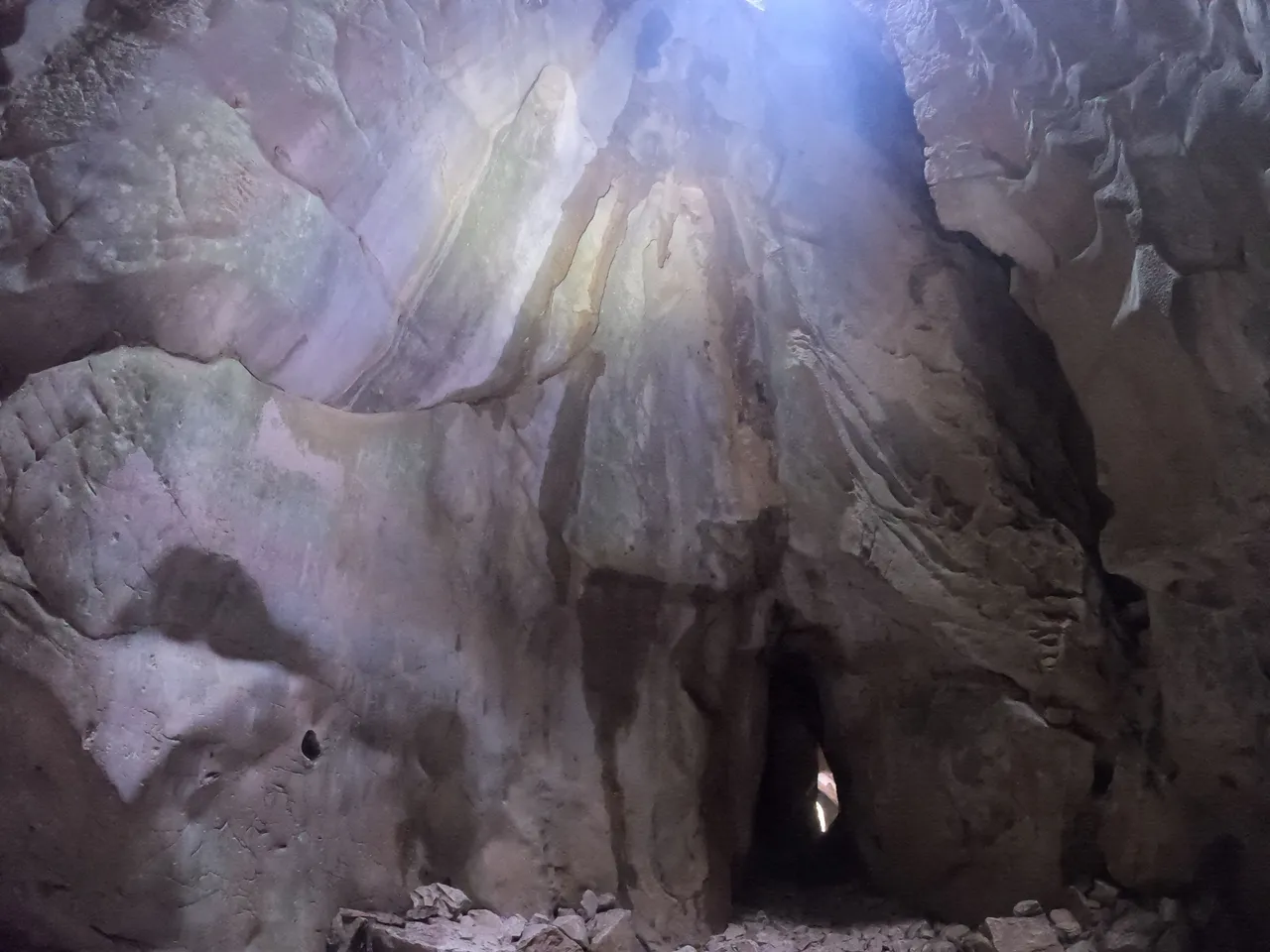

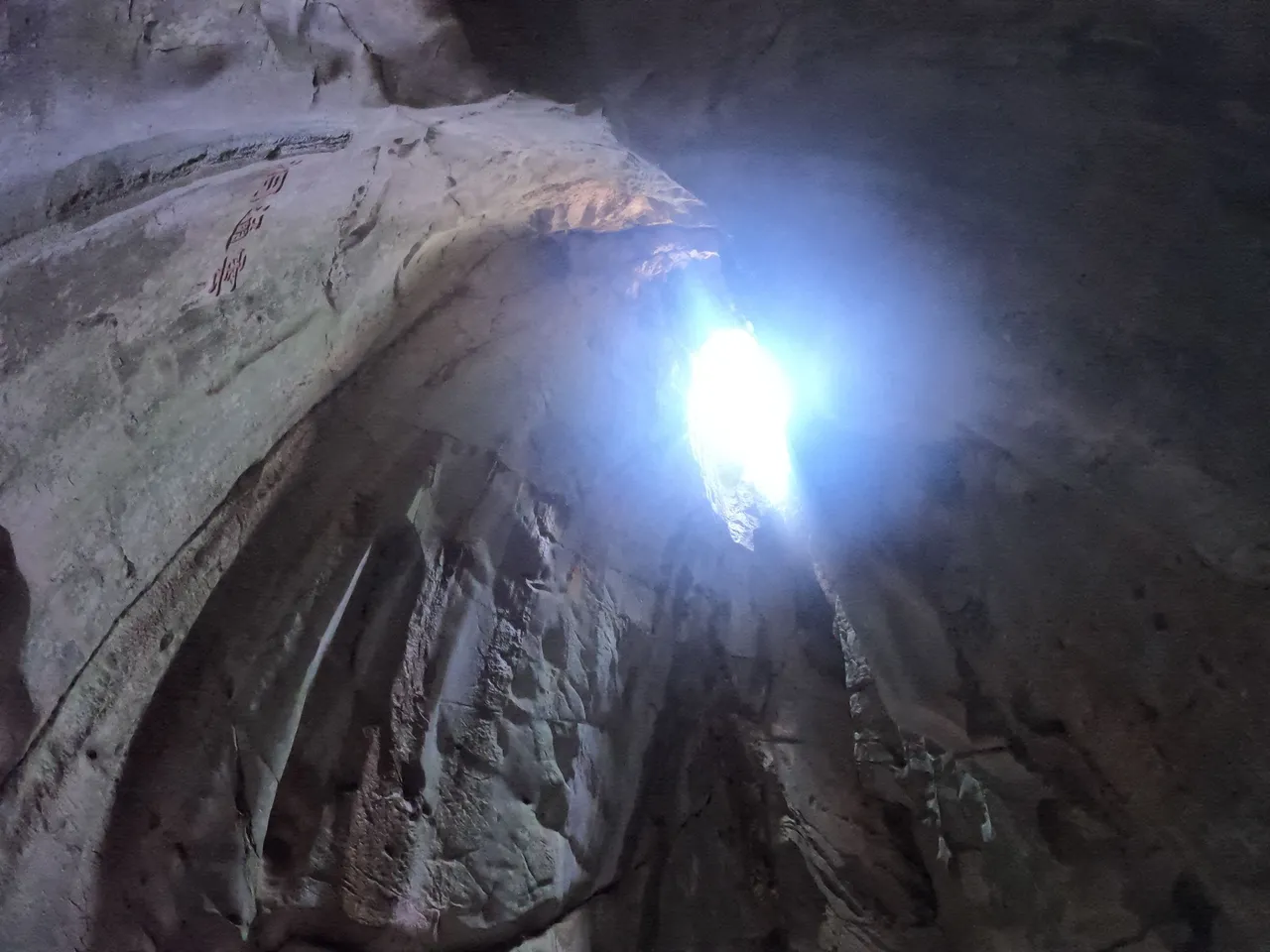
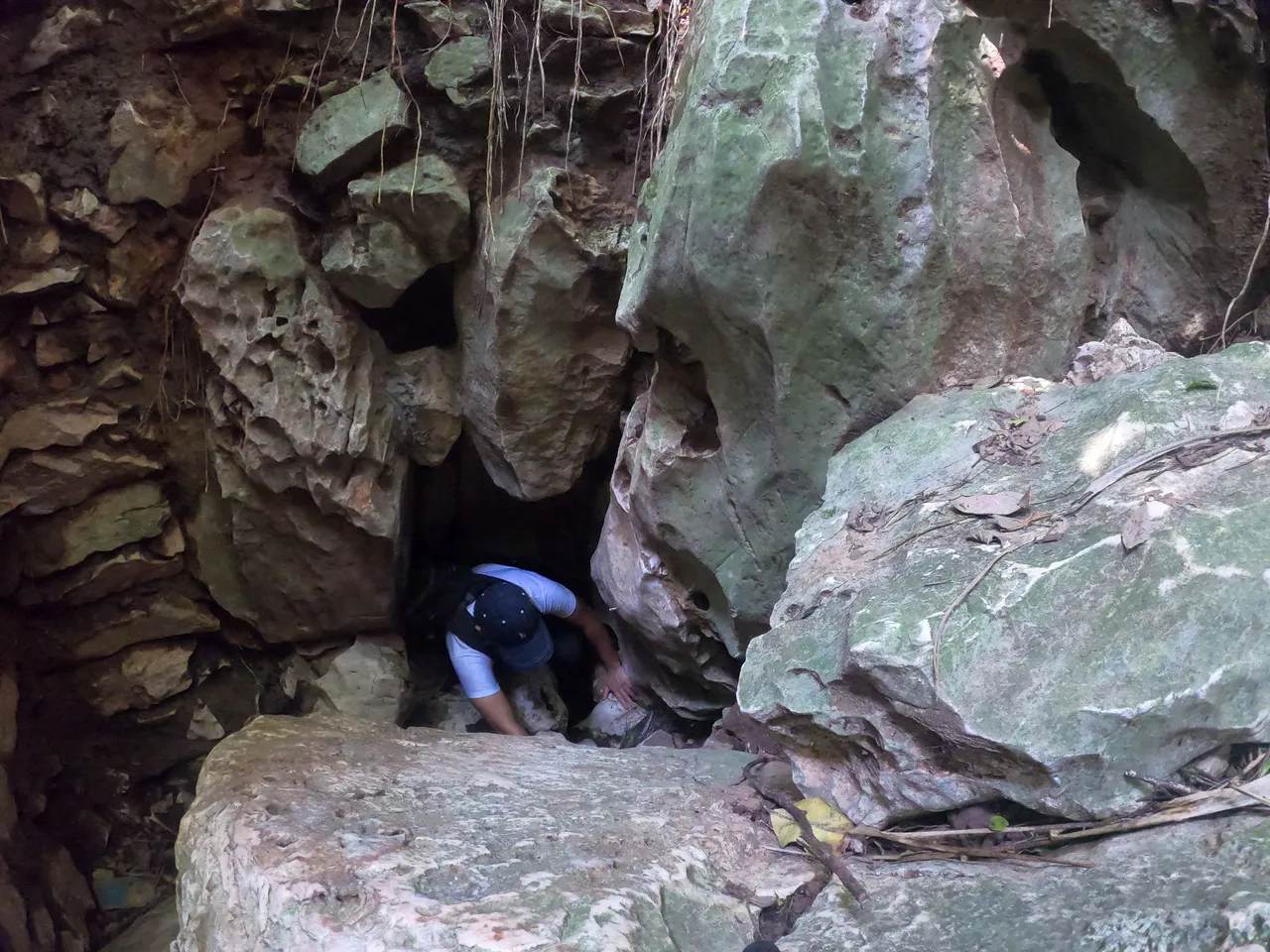
Going to the top of Thuy Son mountain for a panoramic view of the four sides provides a completely different perspective, with gorgeous views such as the sea, the coastal city, and the cluster's lesser mountains.
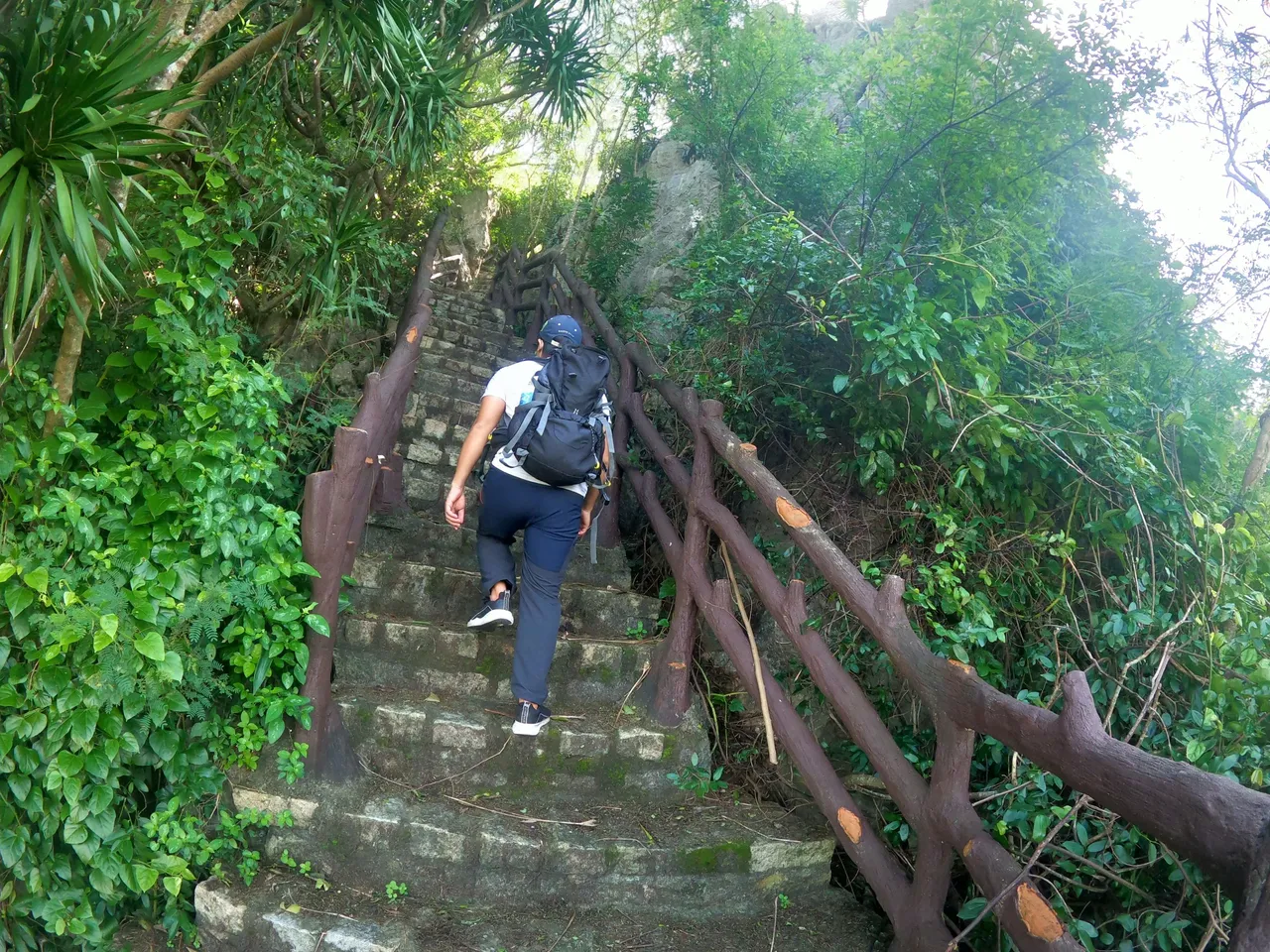
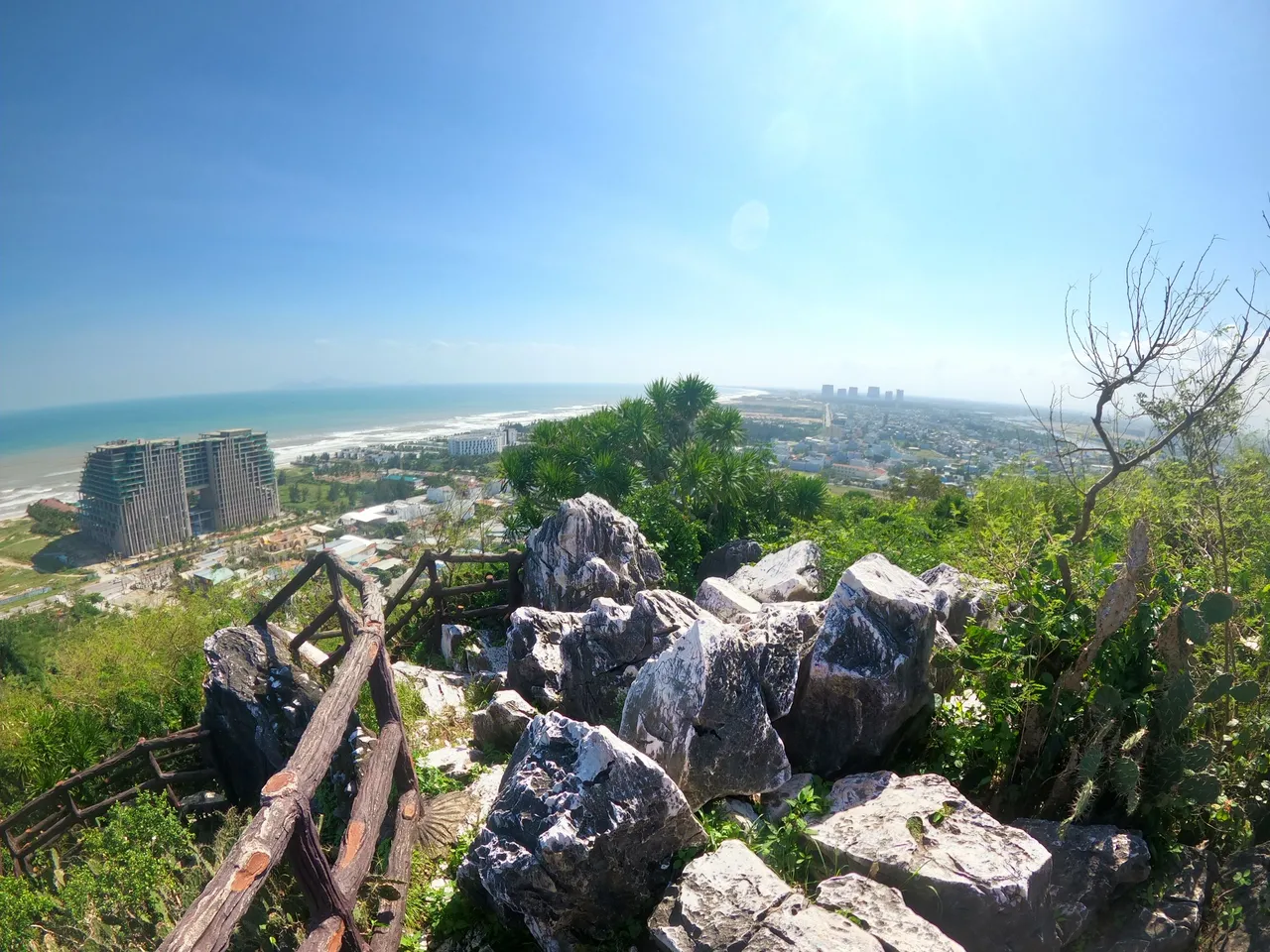
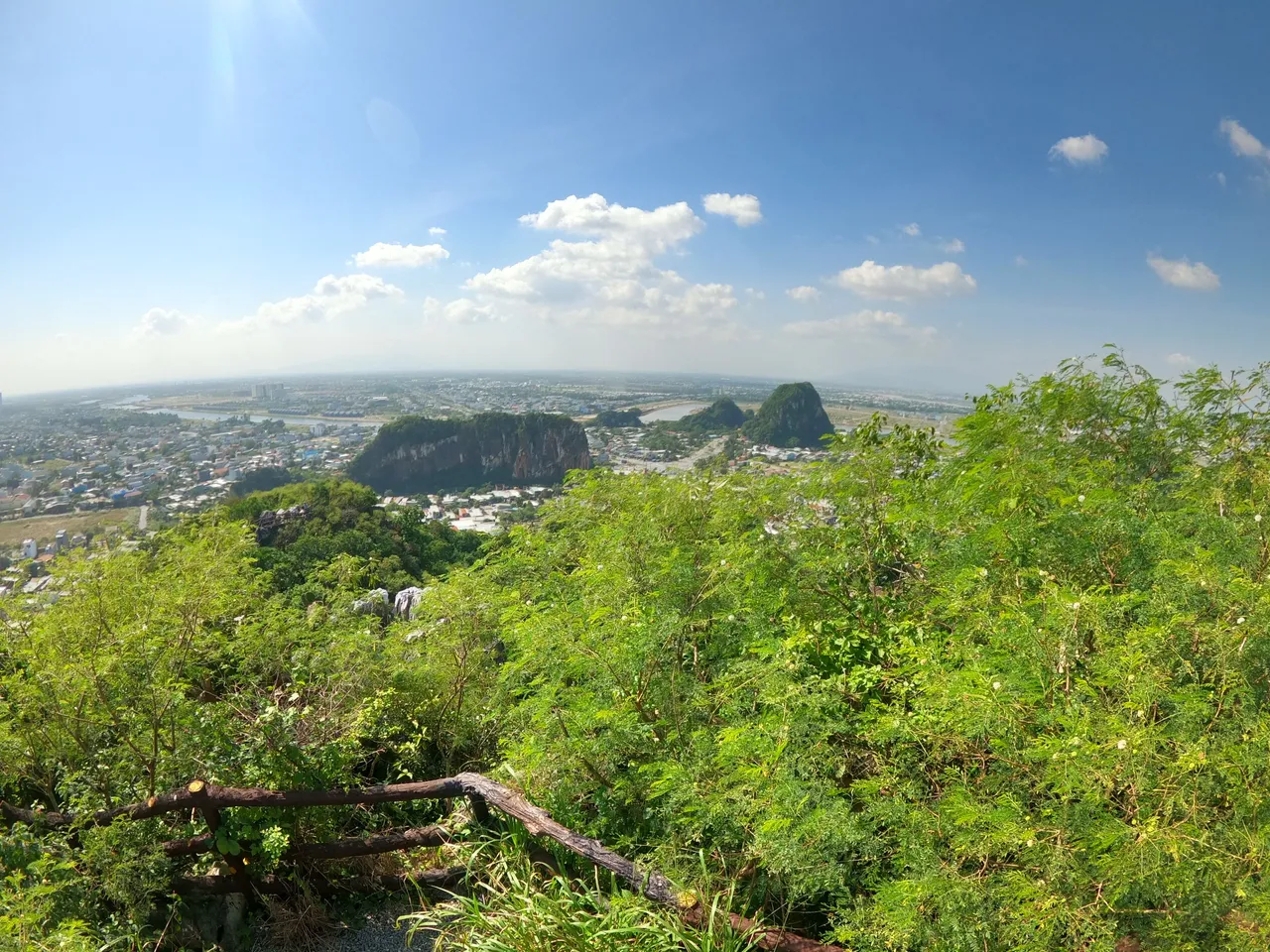
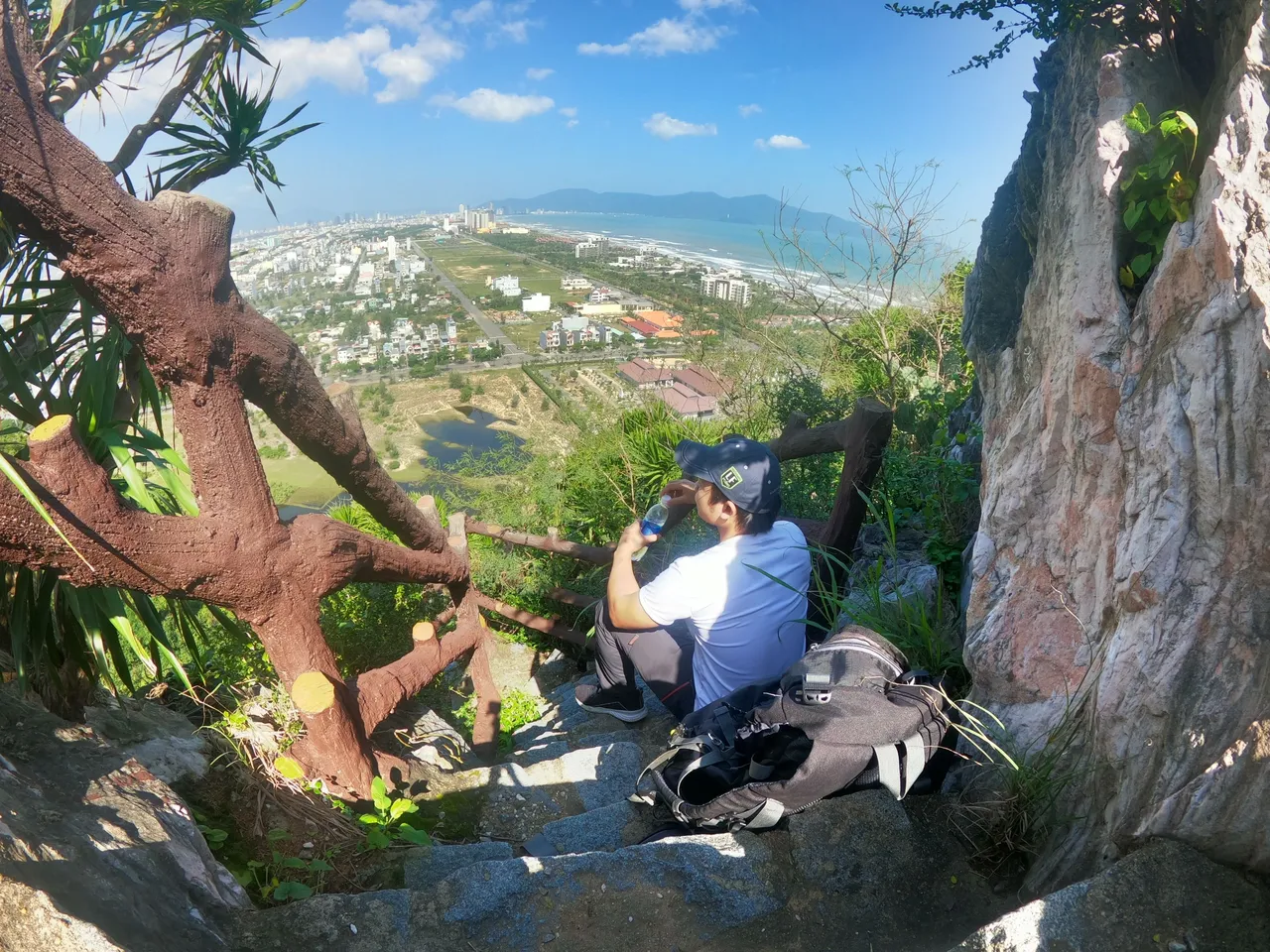
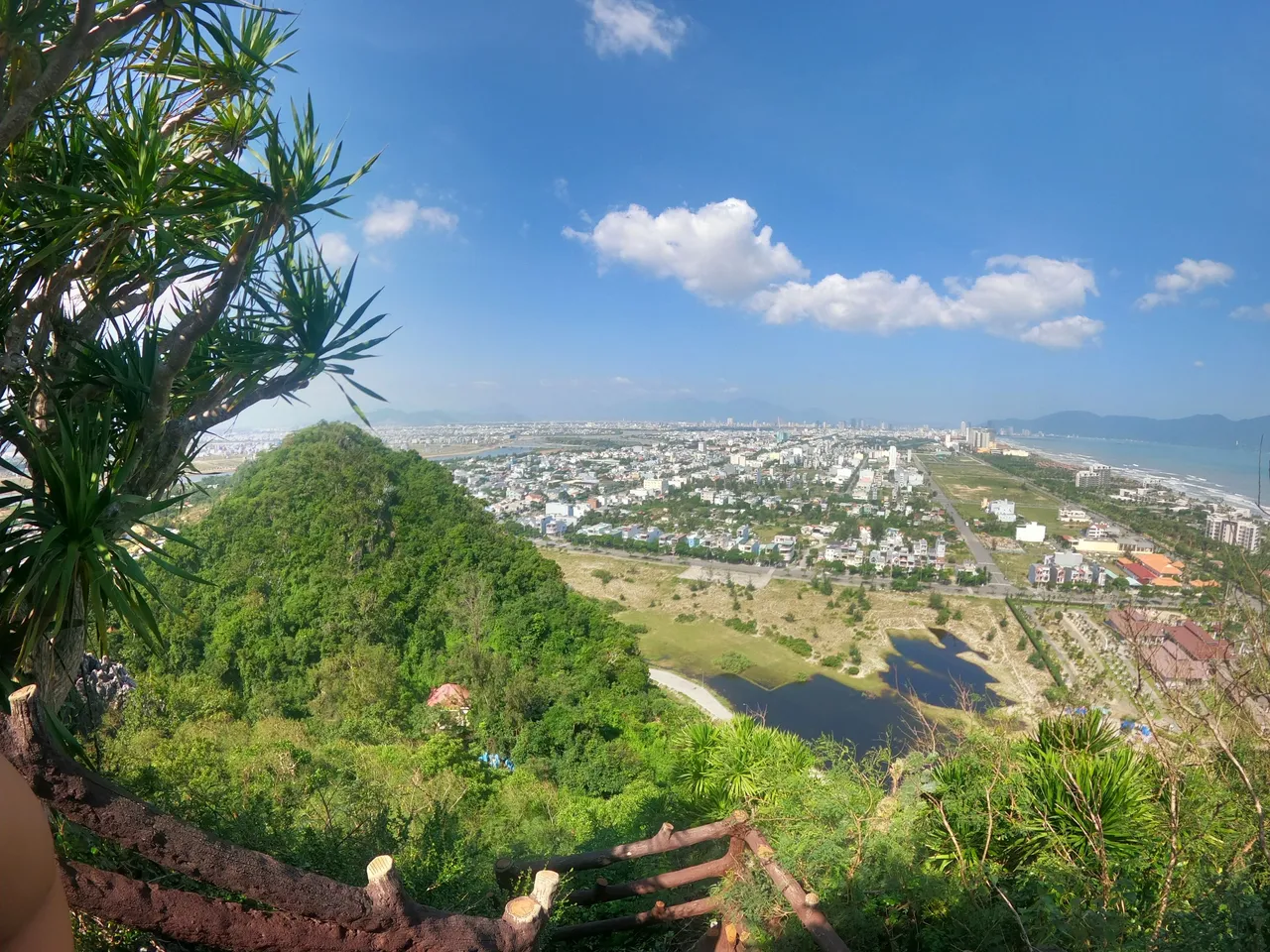
Because it was originally utilized as a resistance base and food storage, there are numerous little locations and other caverns. It is also a historical site. Restrooms, portable trash cans, communal dwellings, and chairs for sitting in the serene area above will be available along the way.
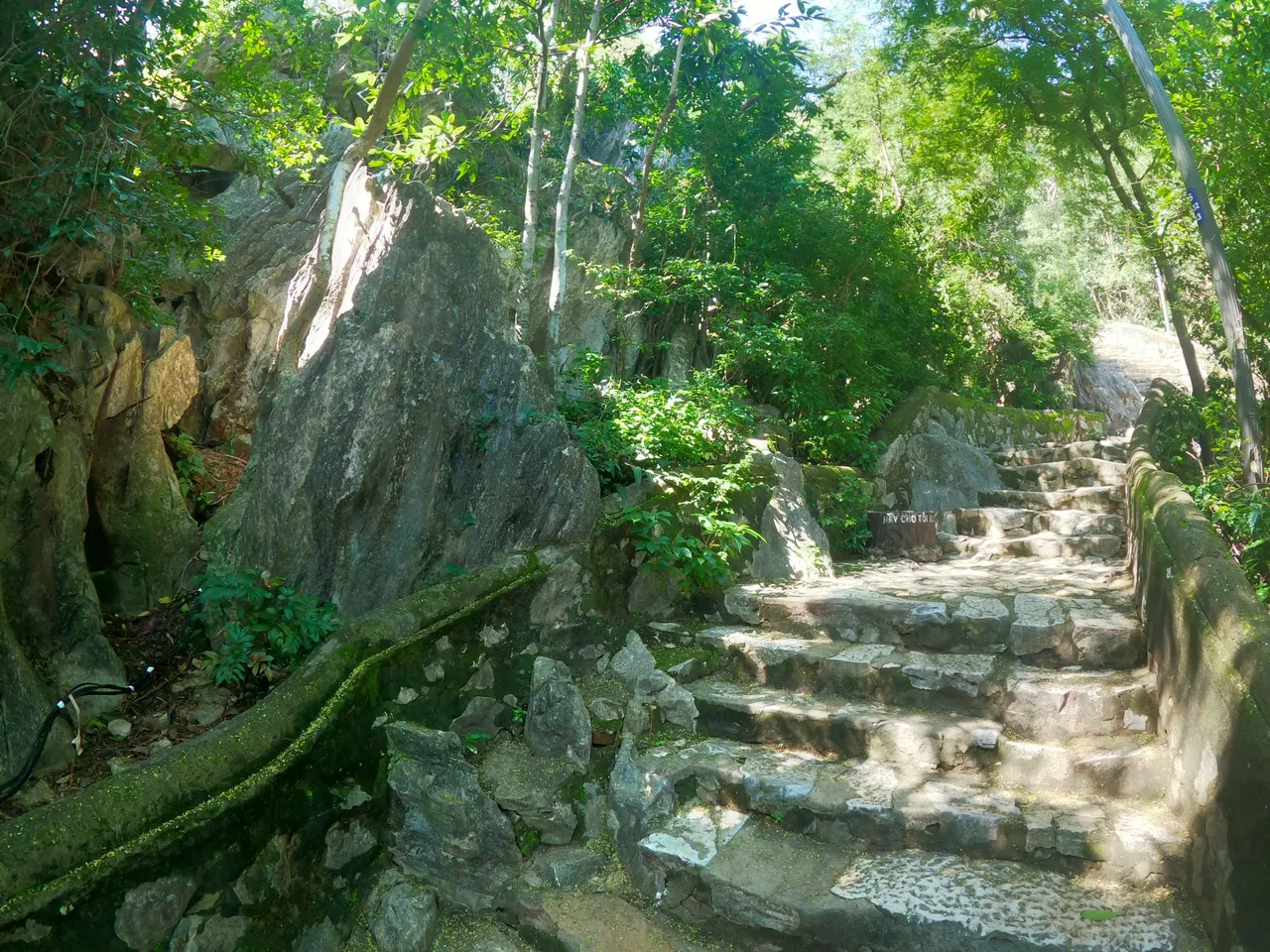
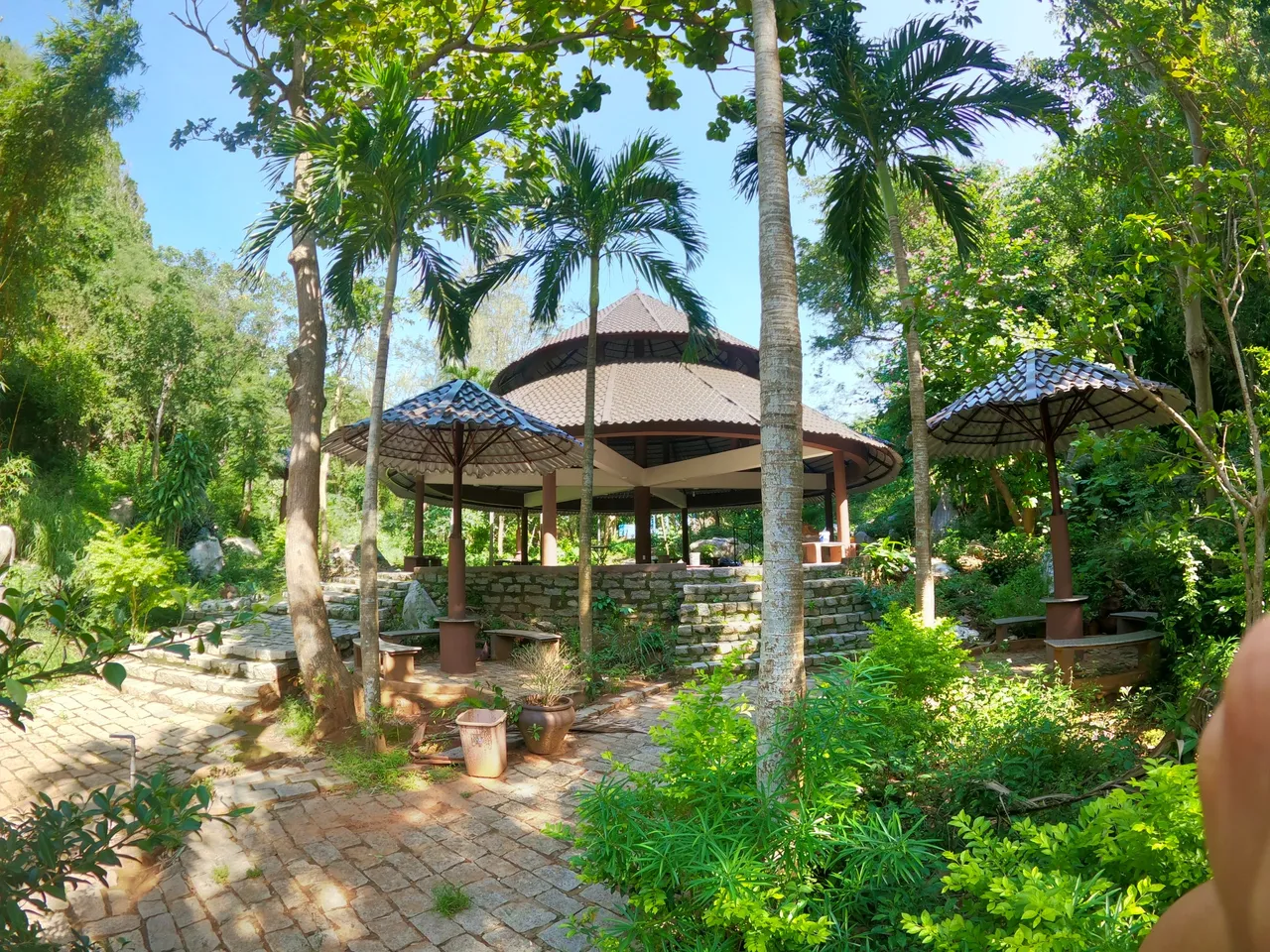
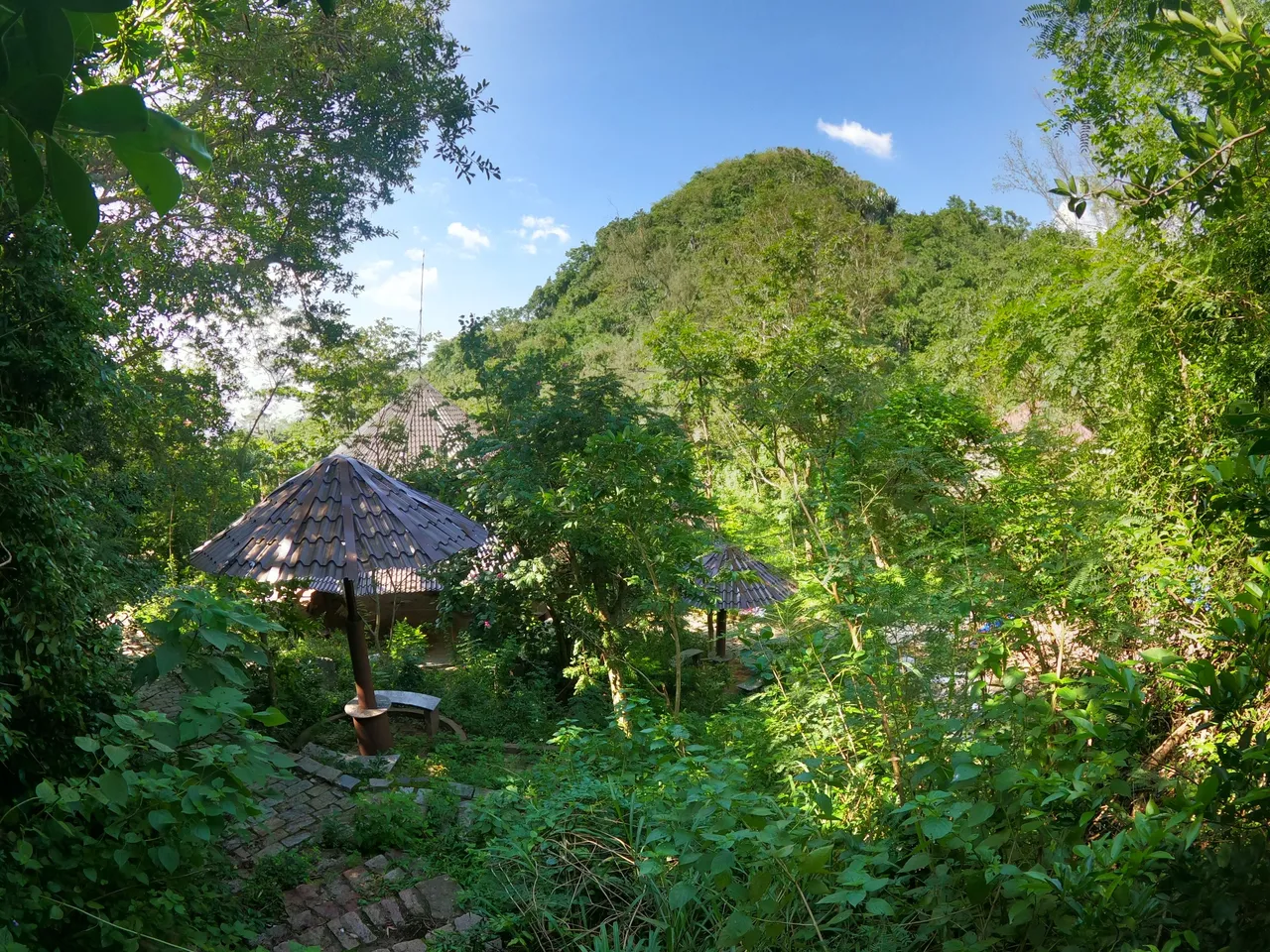
Quarrying on the remaining mountains has been halted for conservation reasons, and craft villages now import stones from elsewhere to keep up with demand. At the foot of each mountain, there are additional temples for sightseeing and sightseeing.
As a result, this is also a wonderful option when visiting Da Nang, because there are many places and caves that I have yet to see and shoot. I hope you will come and view it with your own eyes to get a better understanding of it all. Thanks